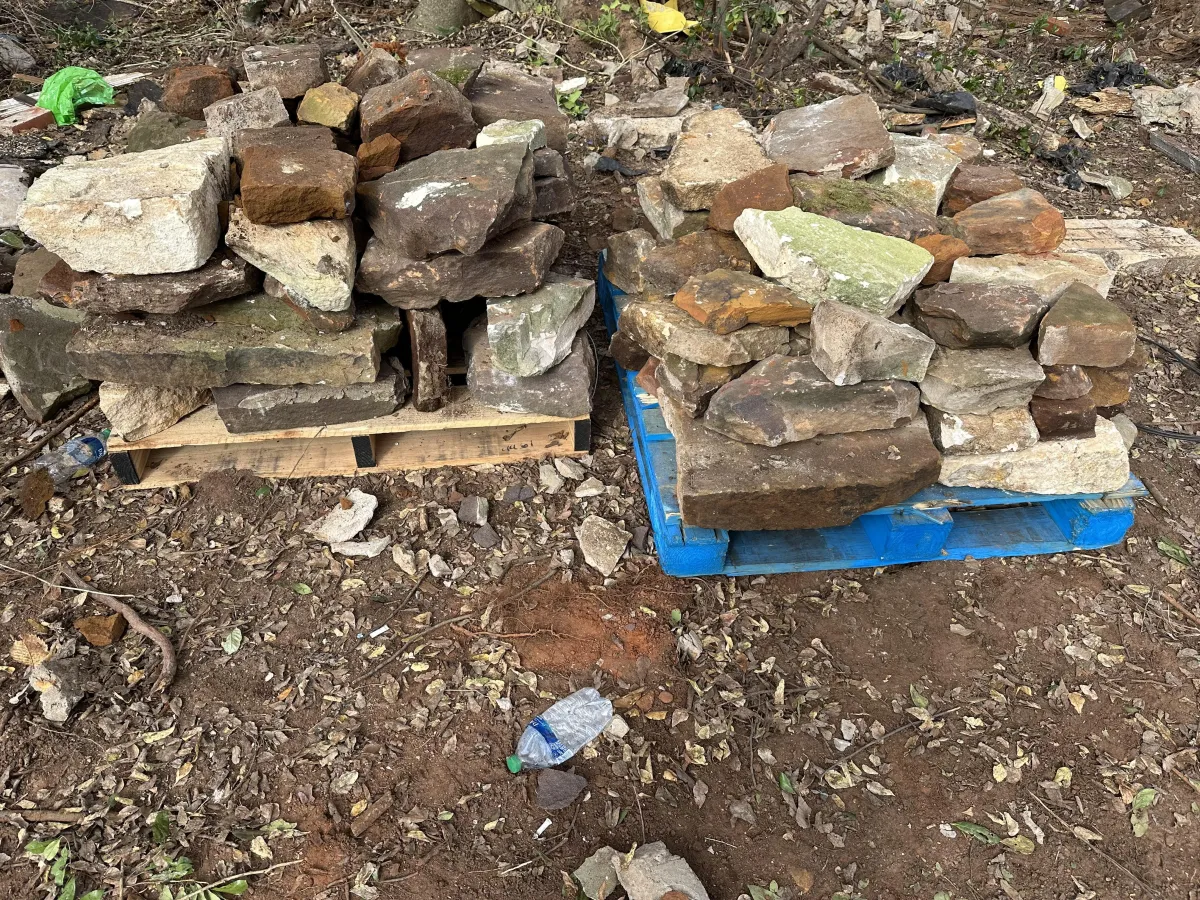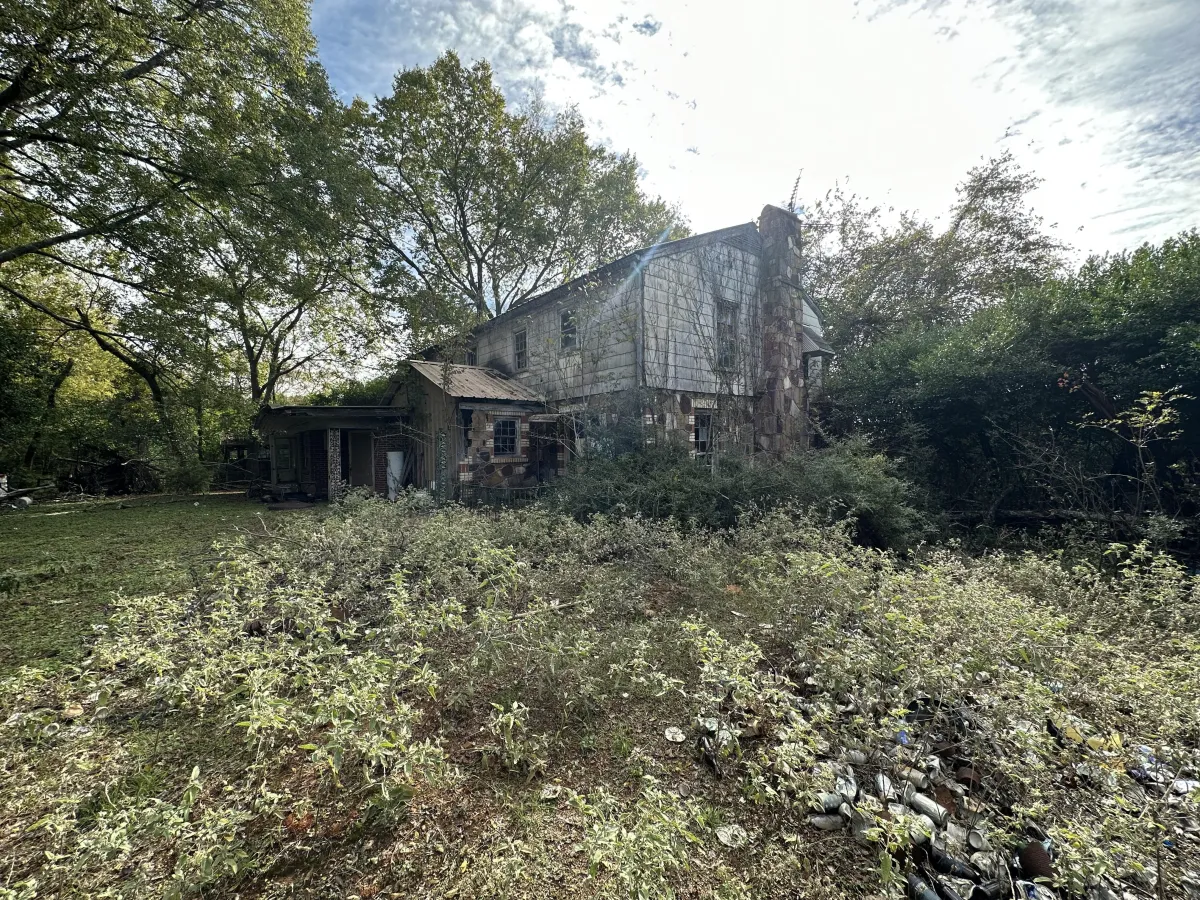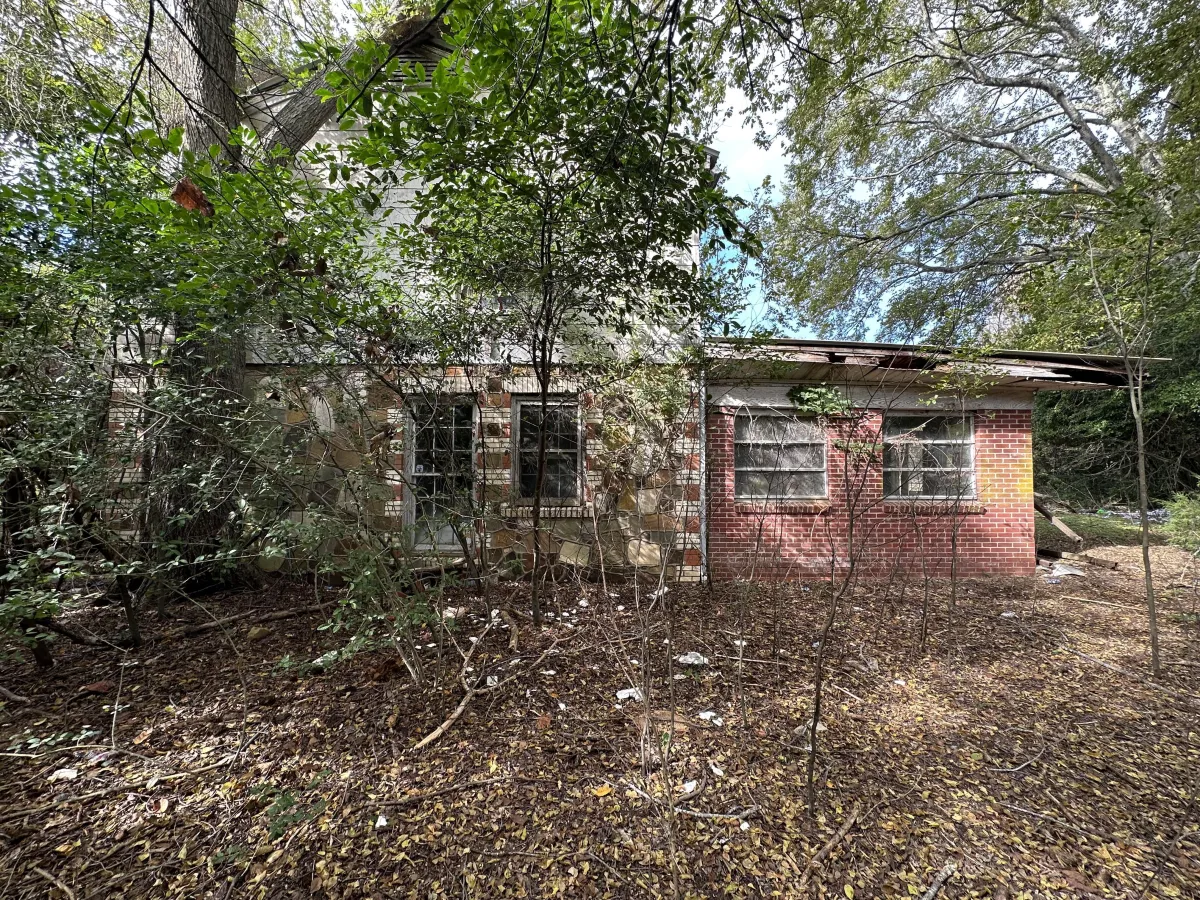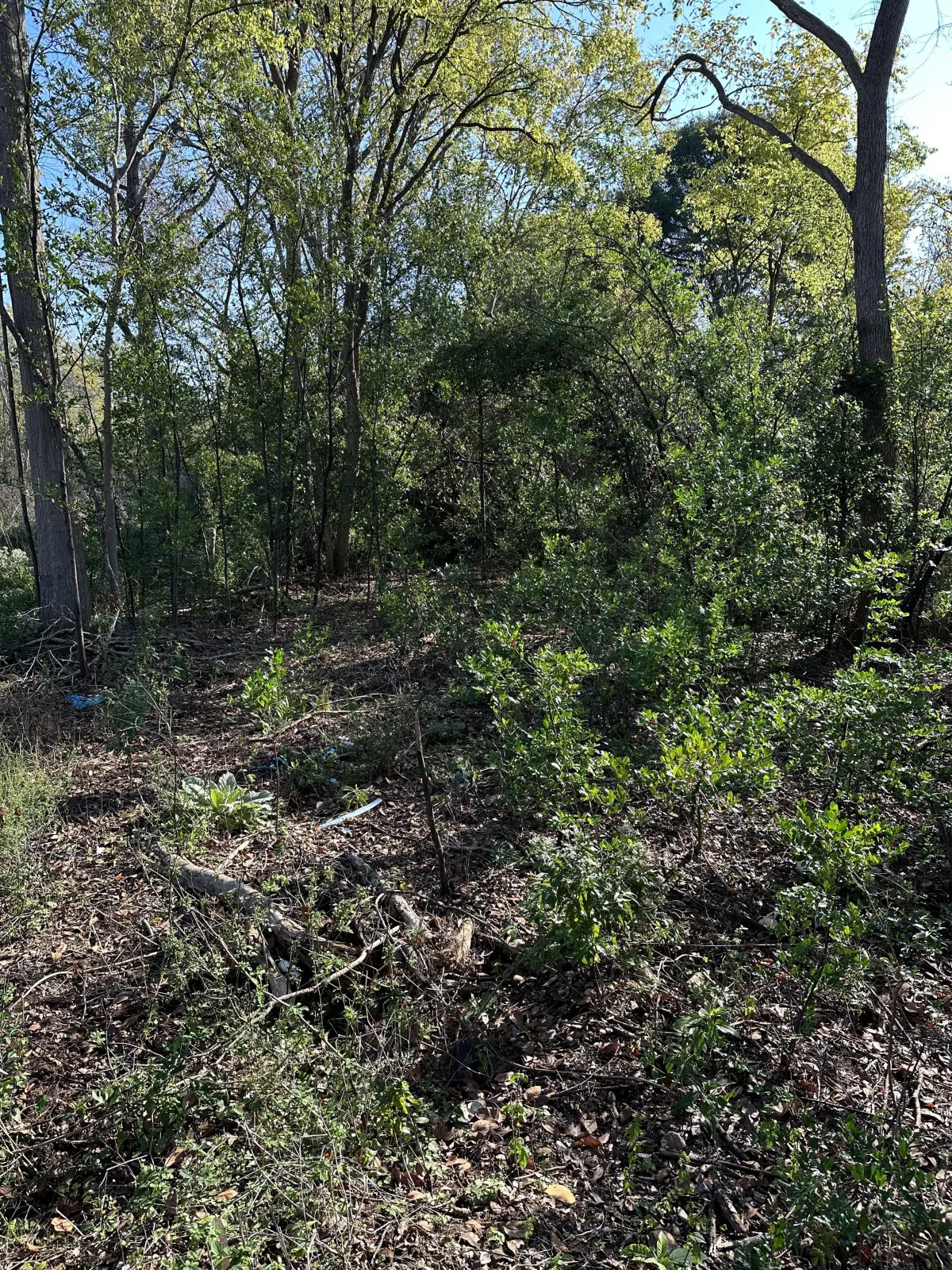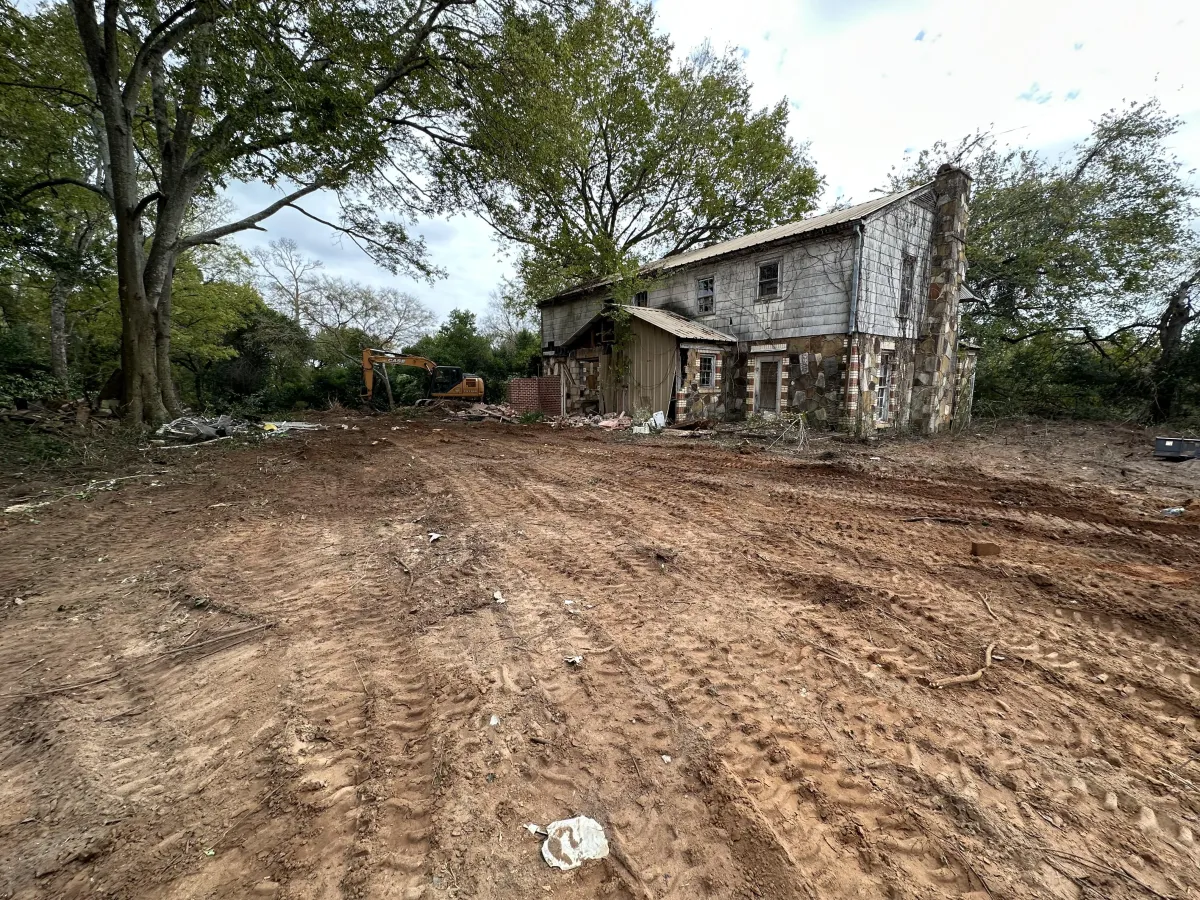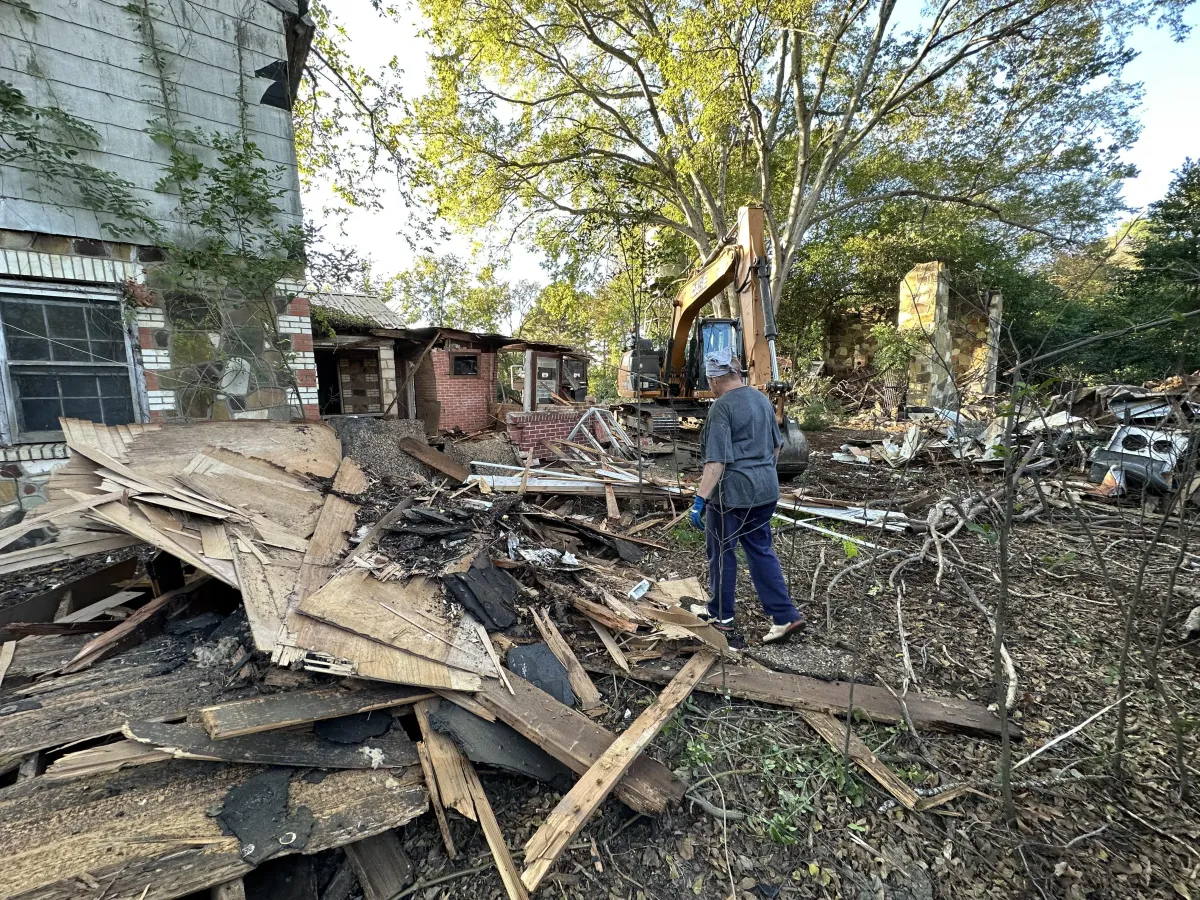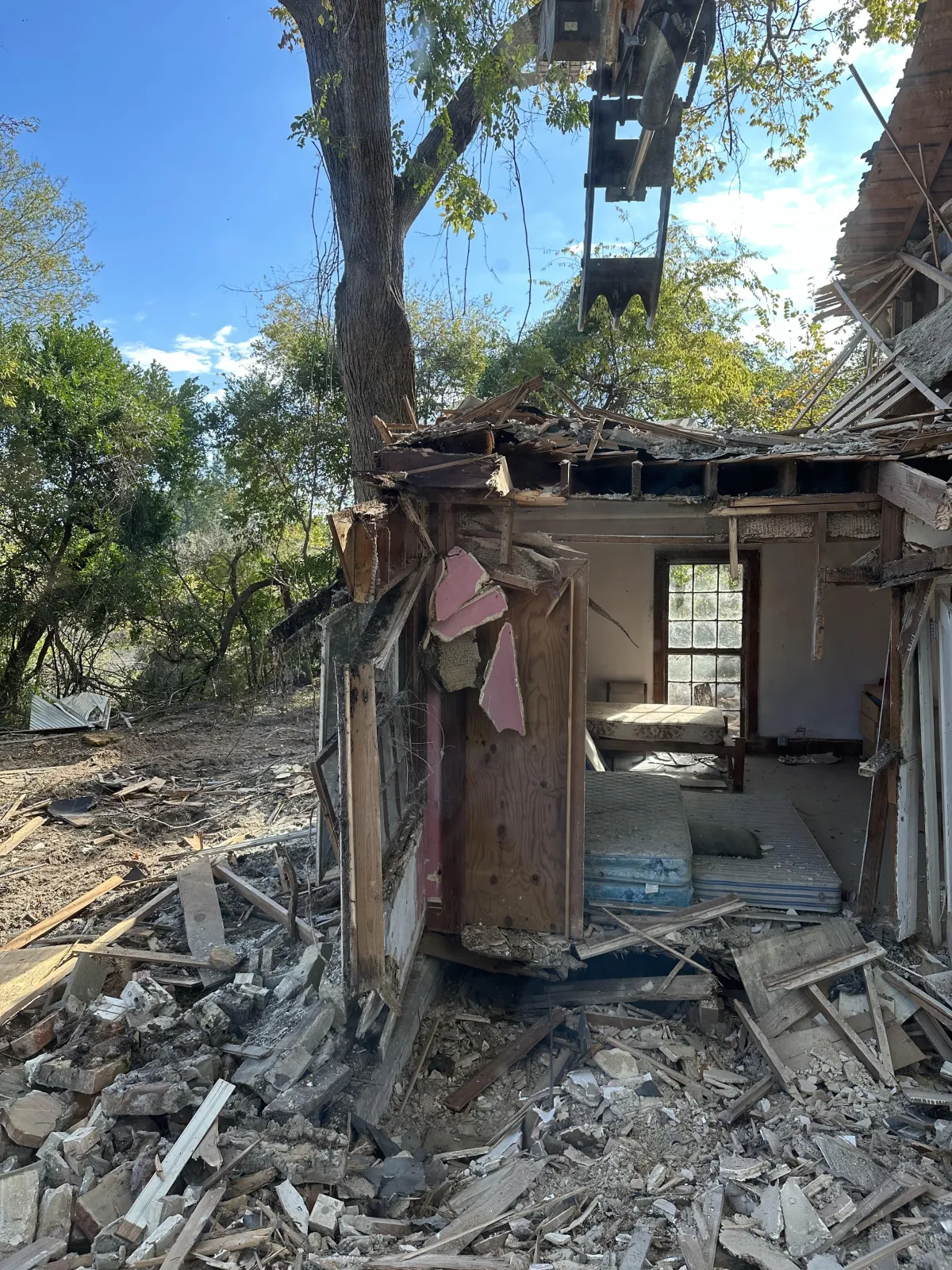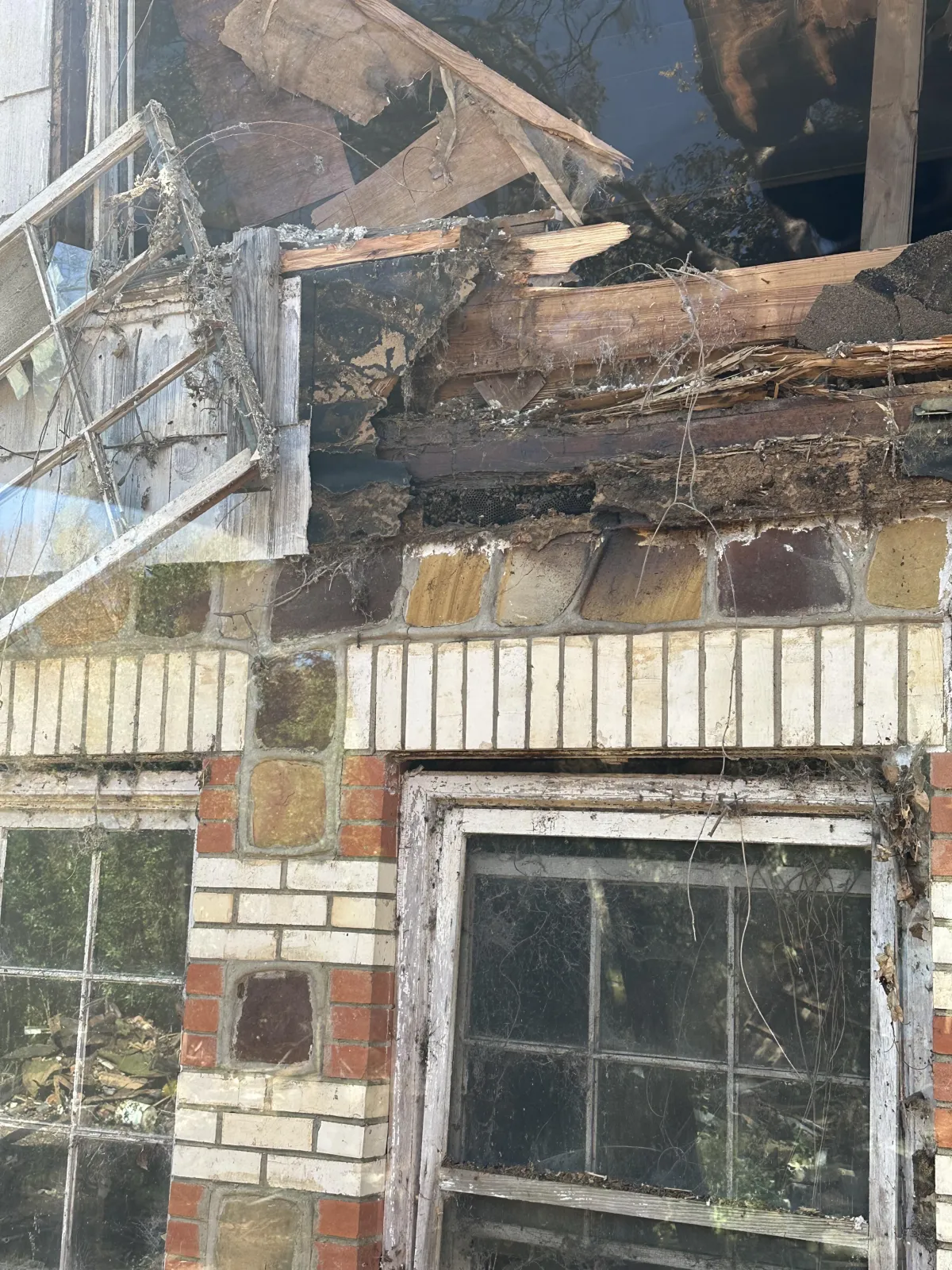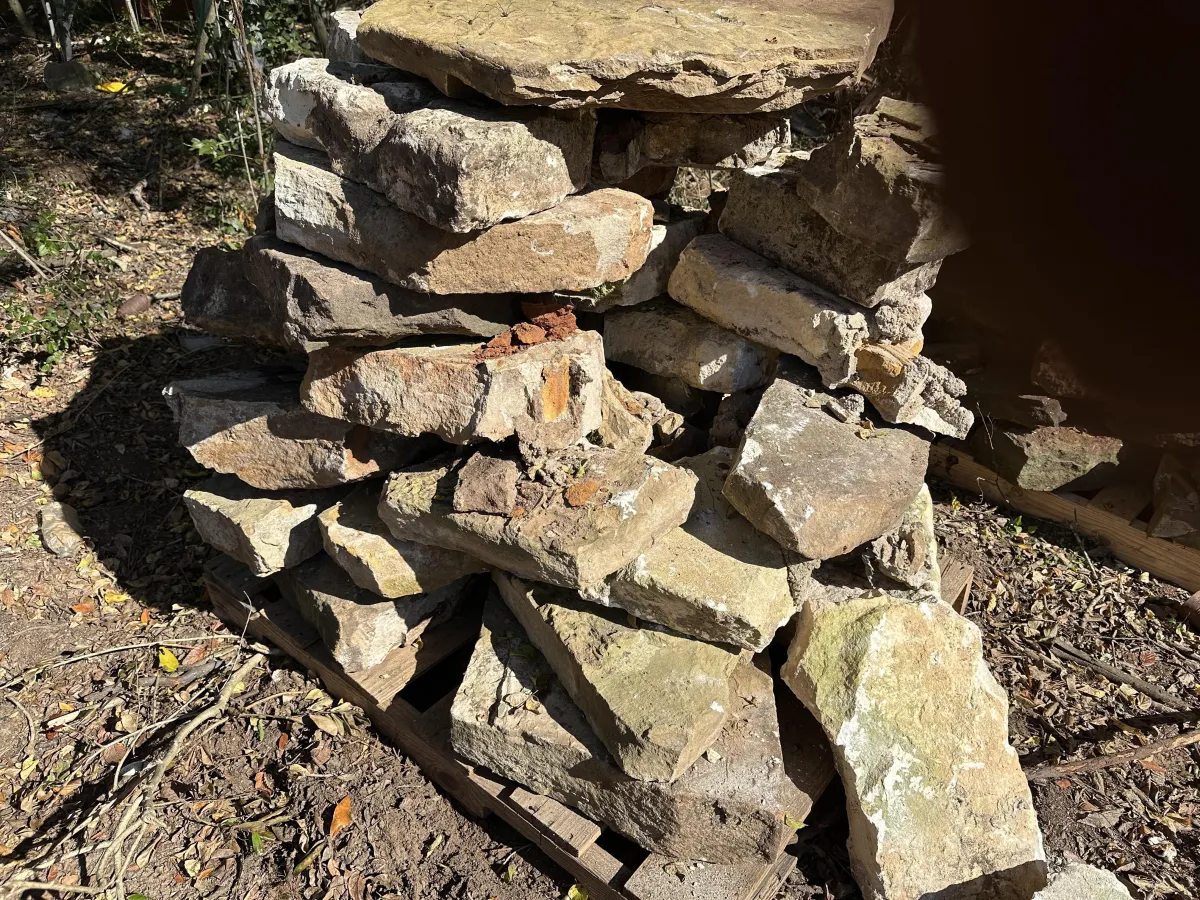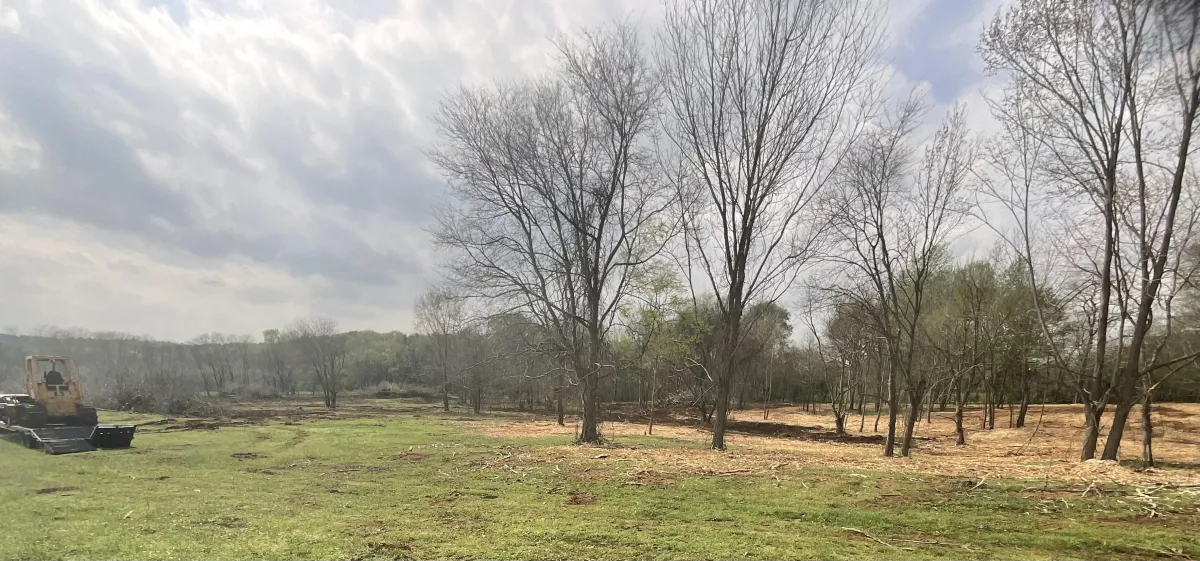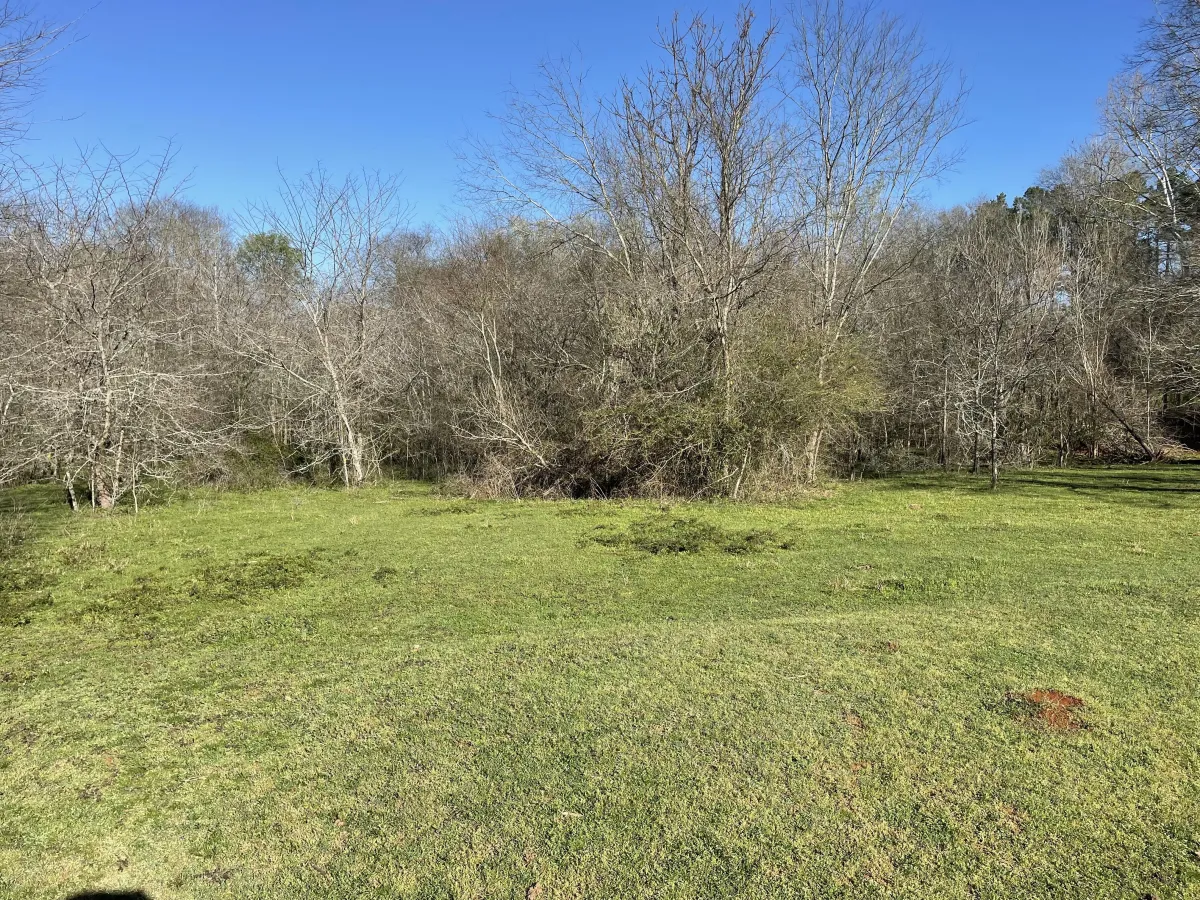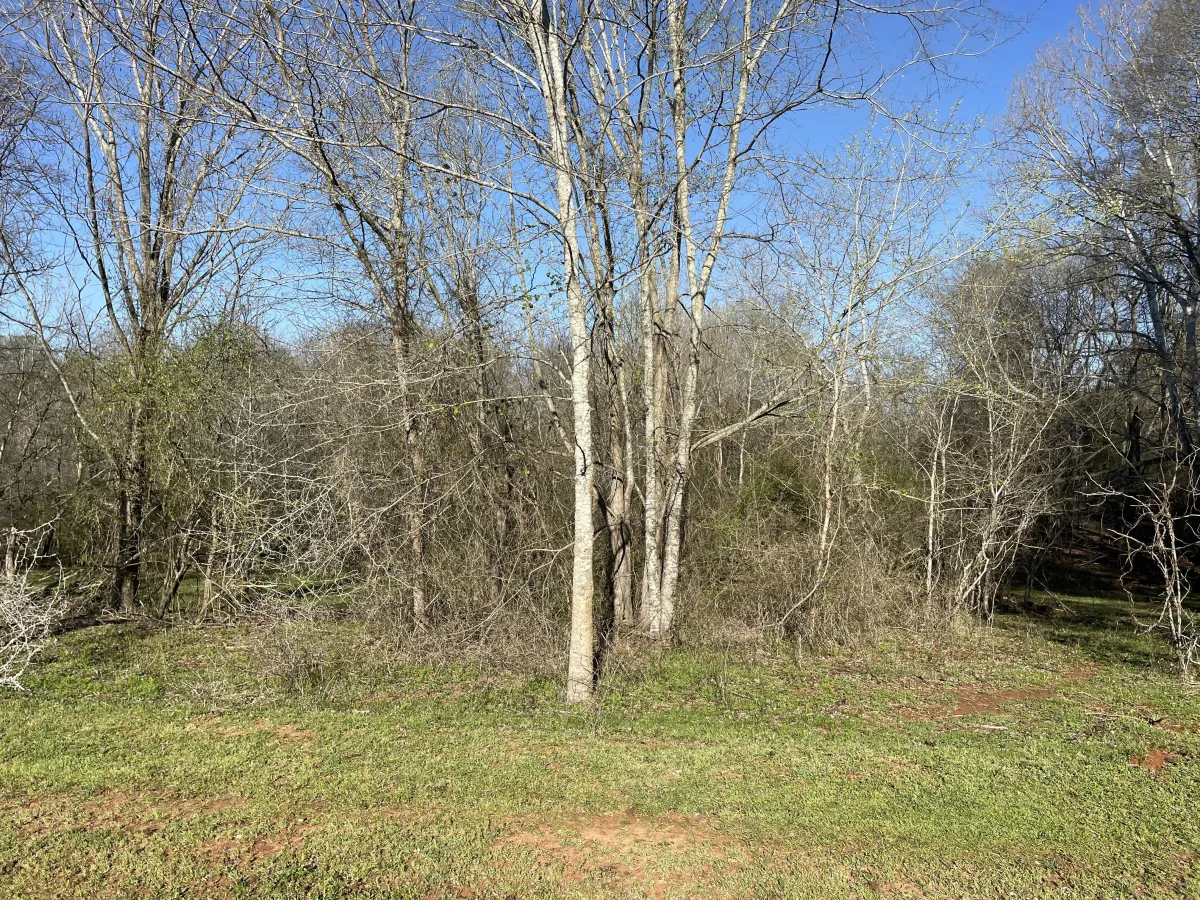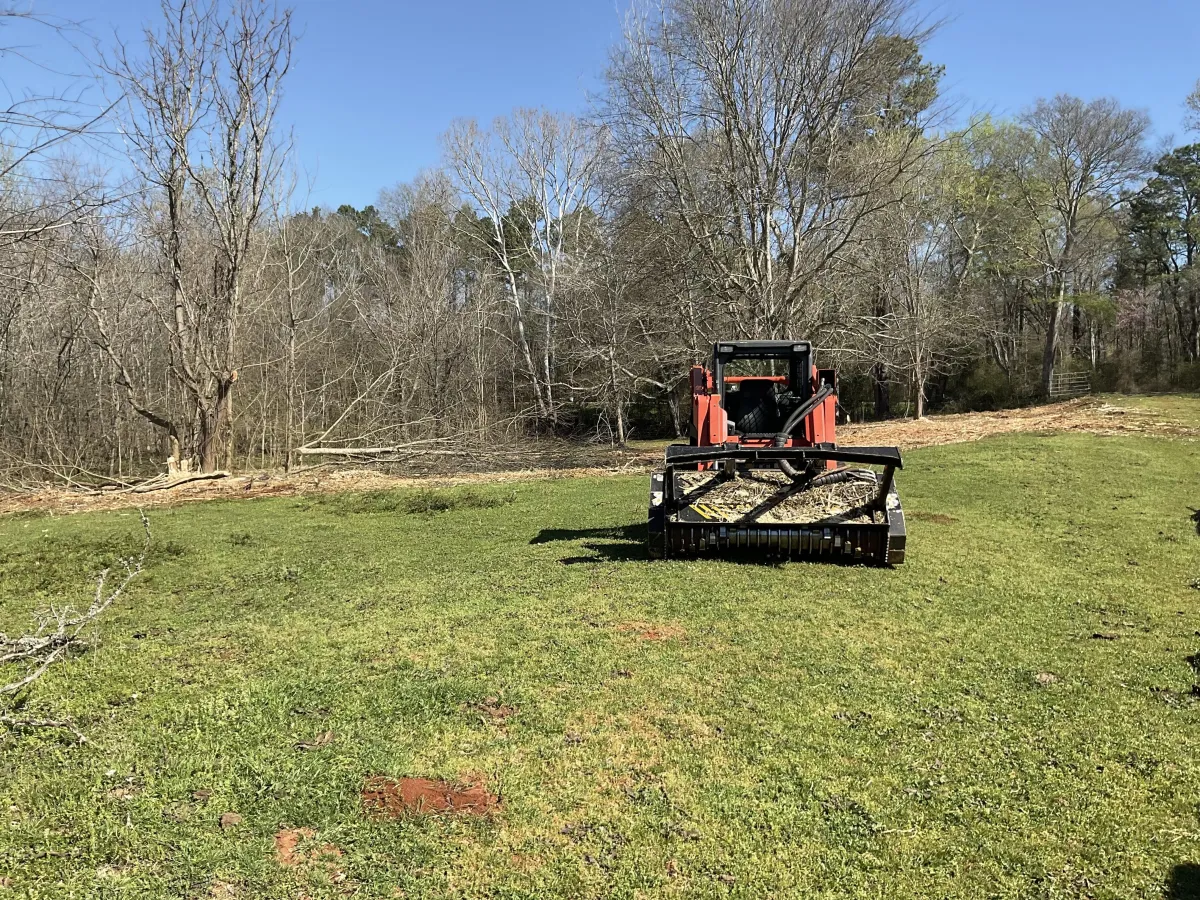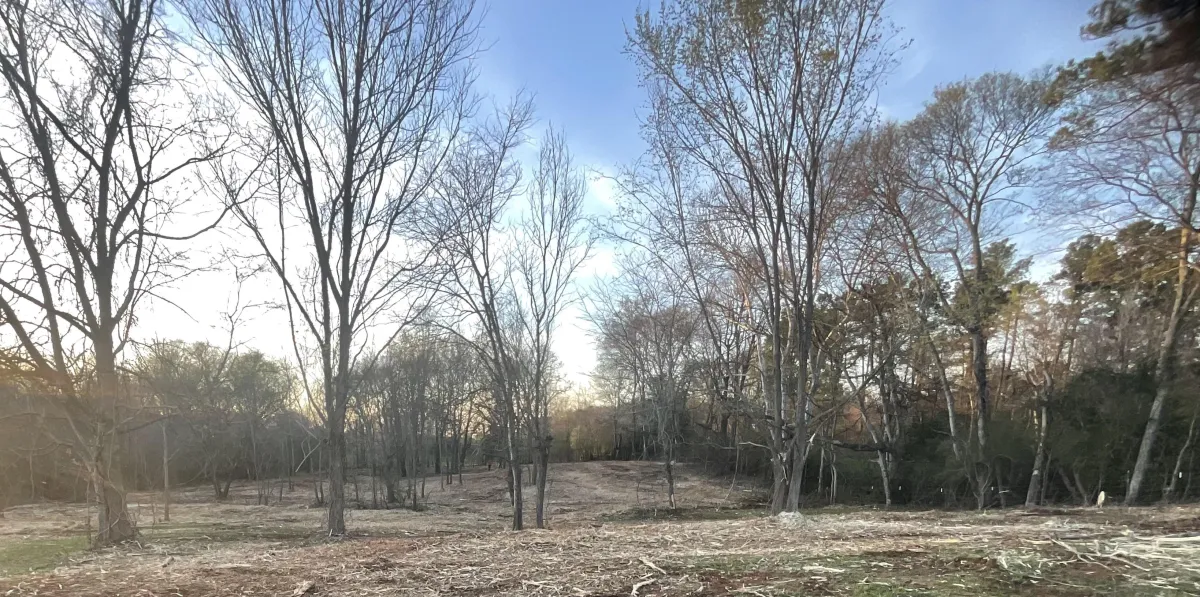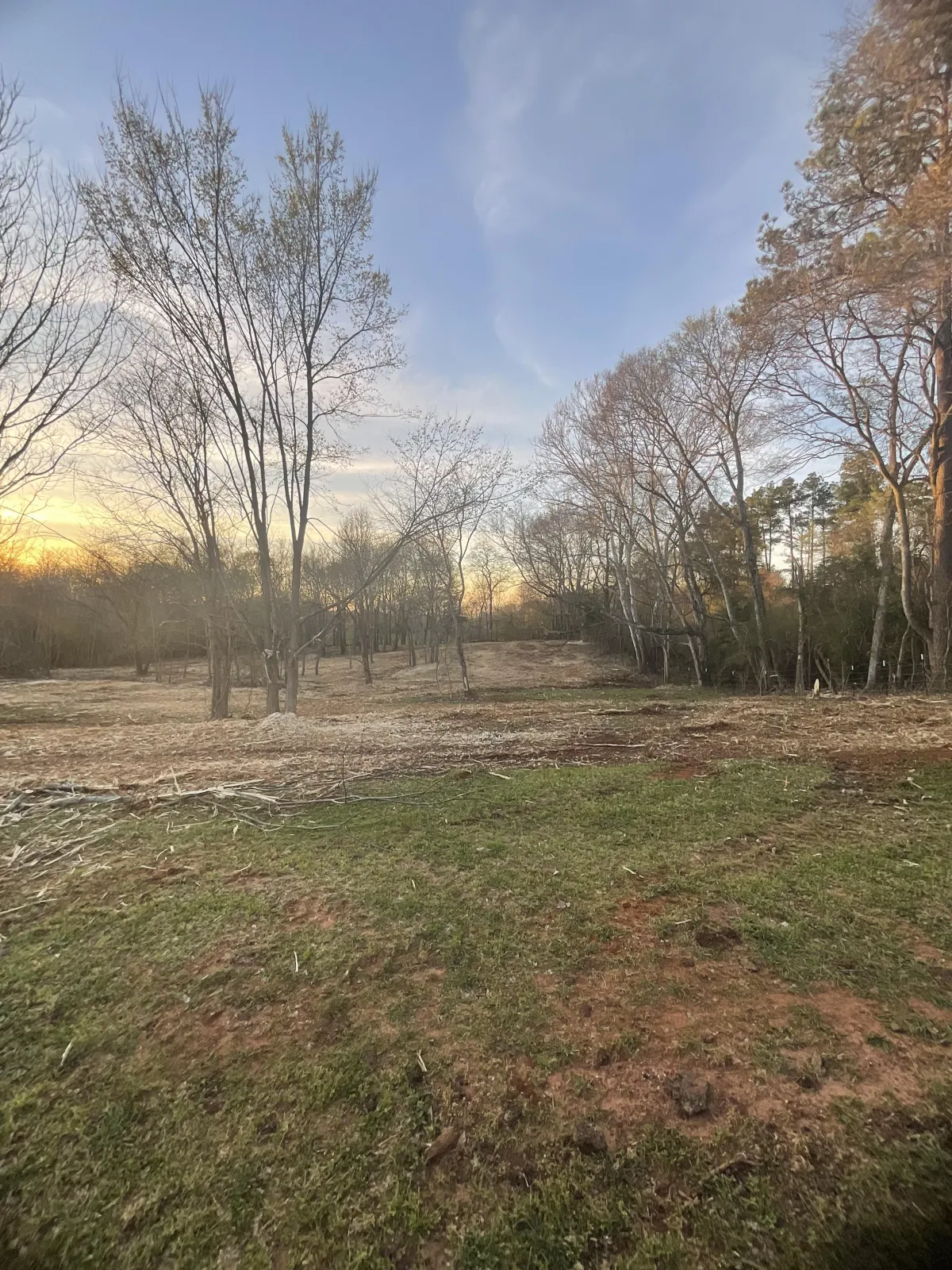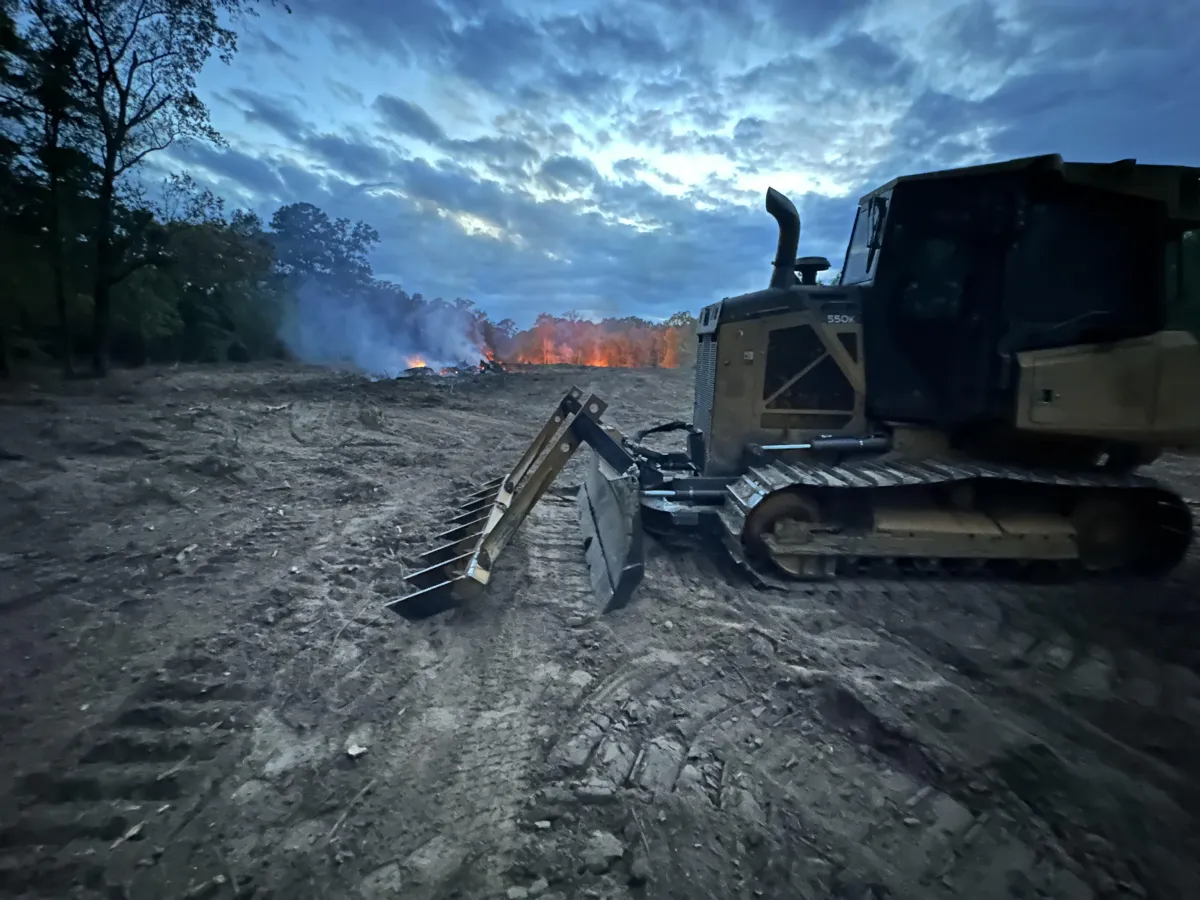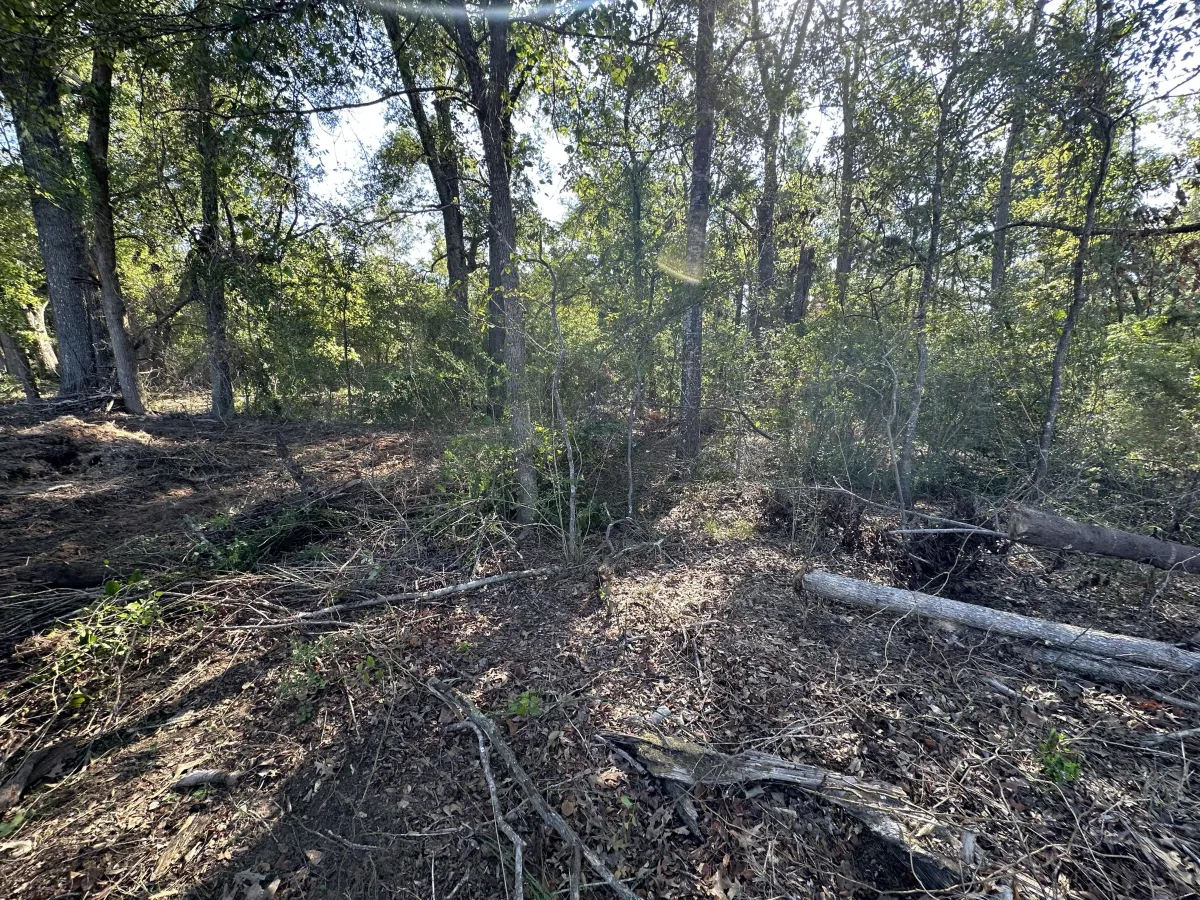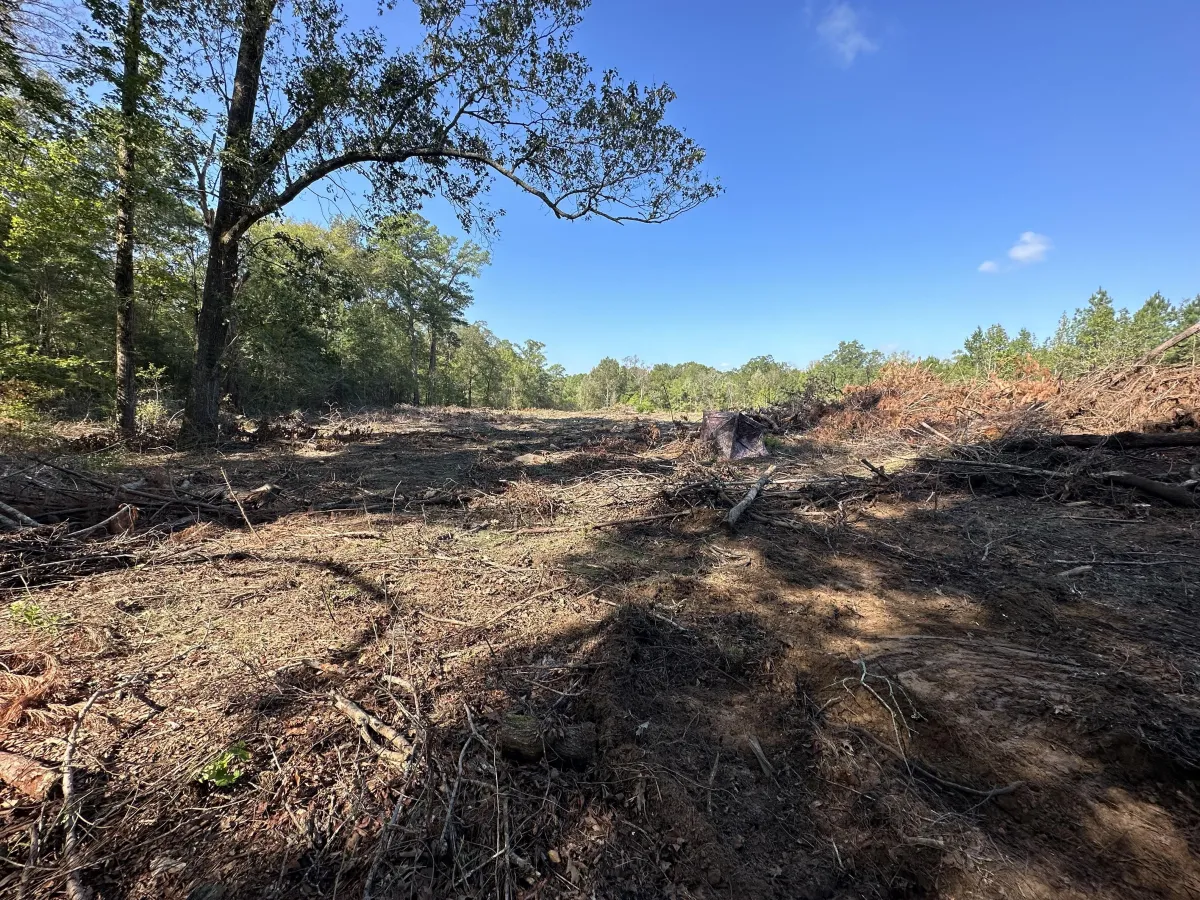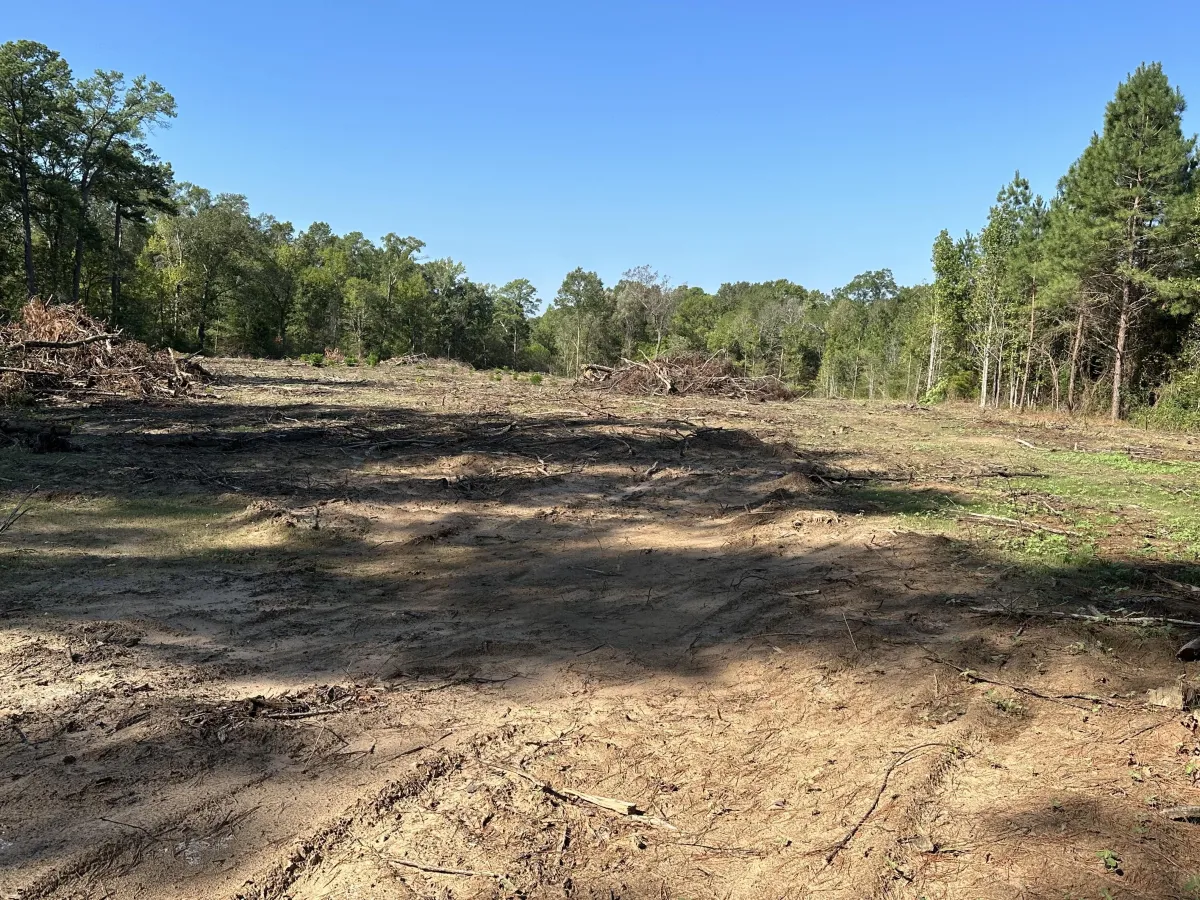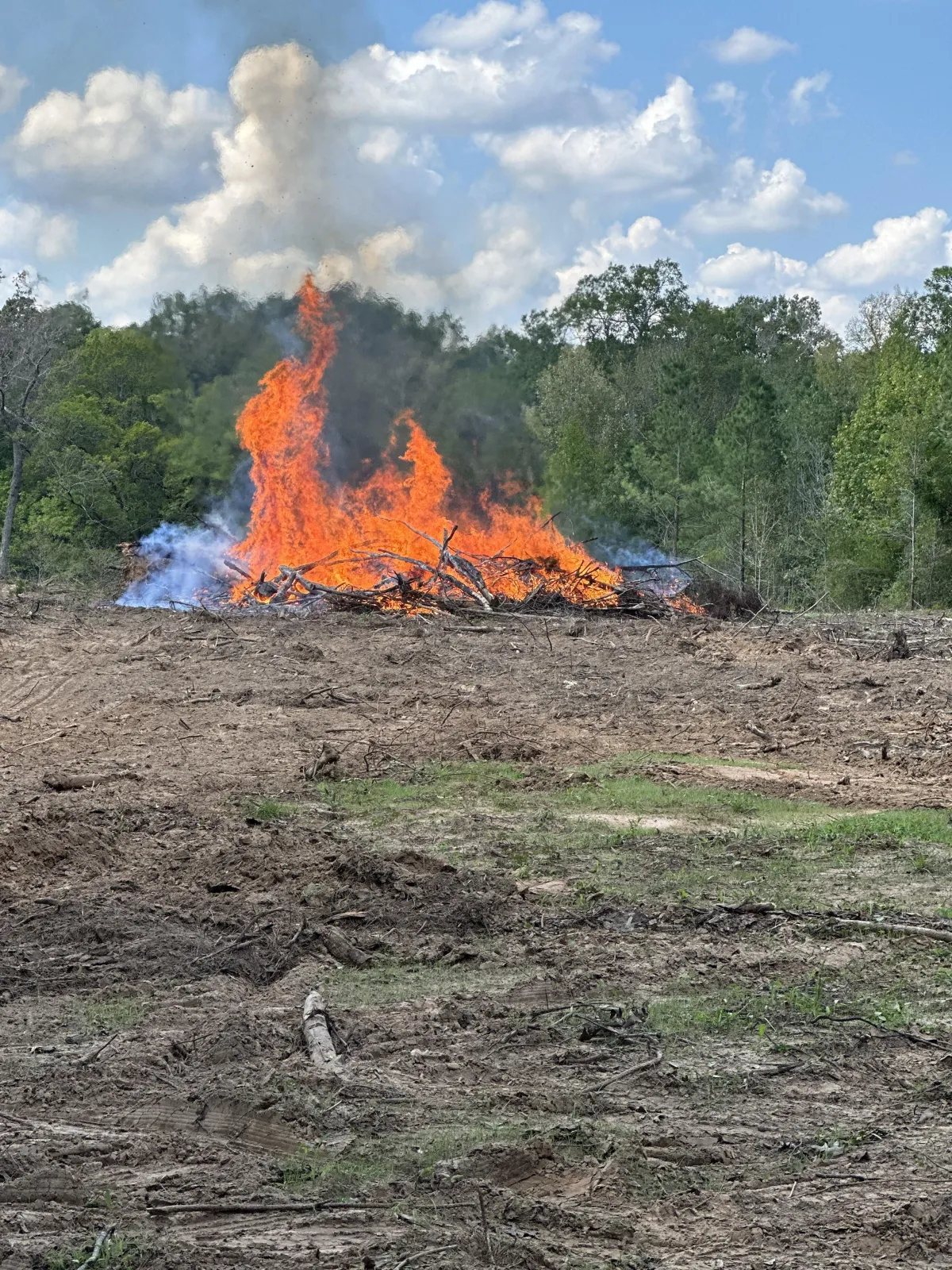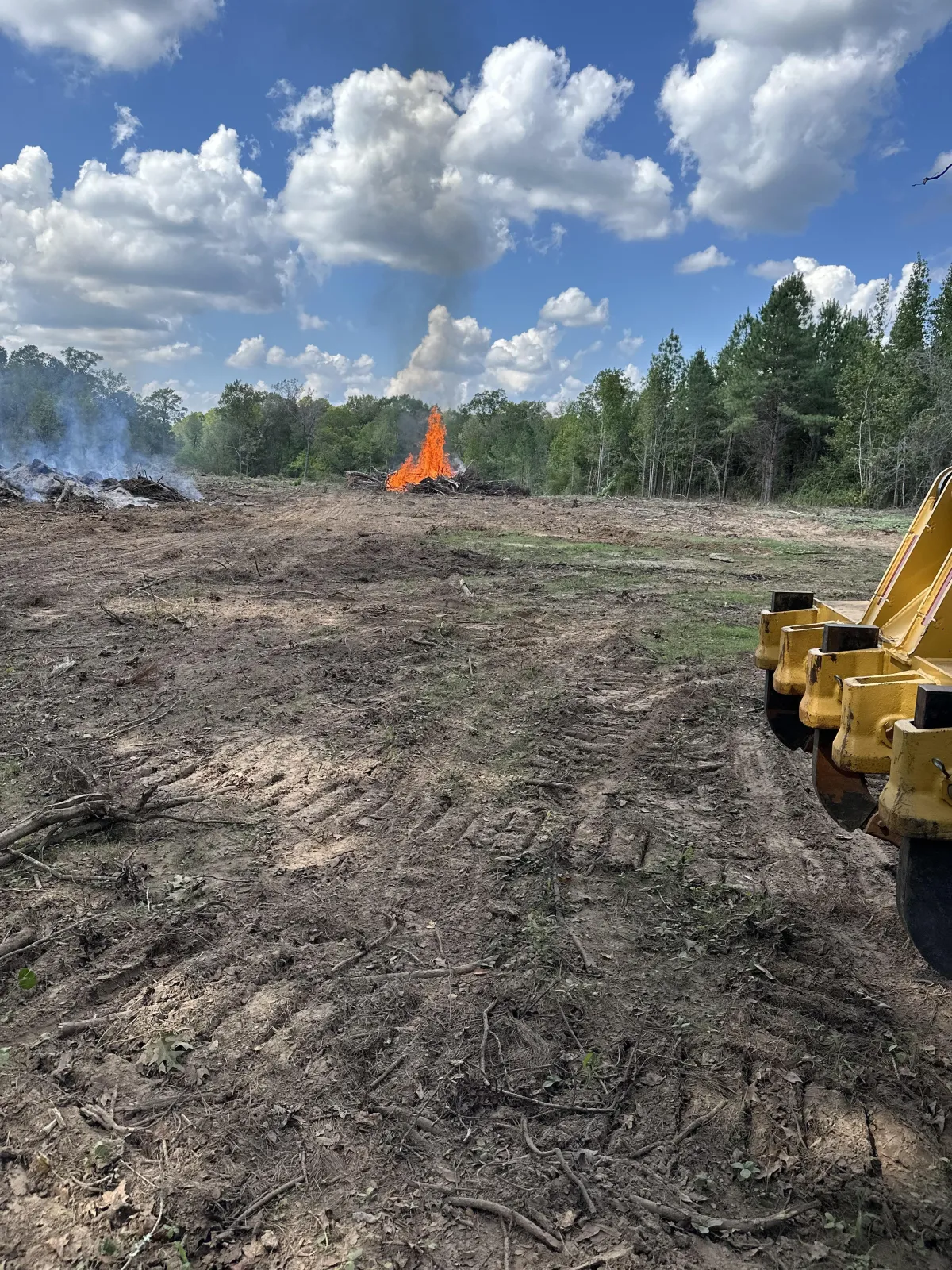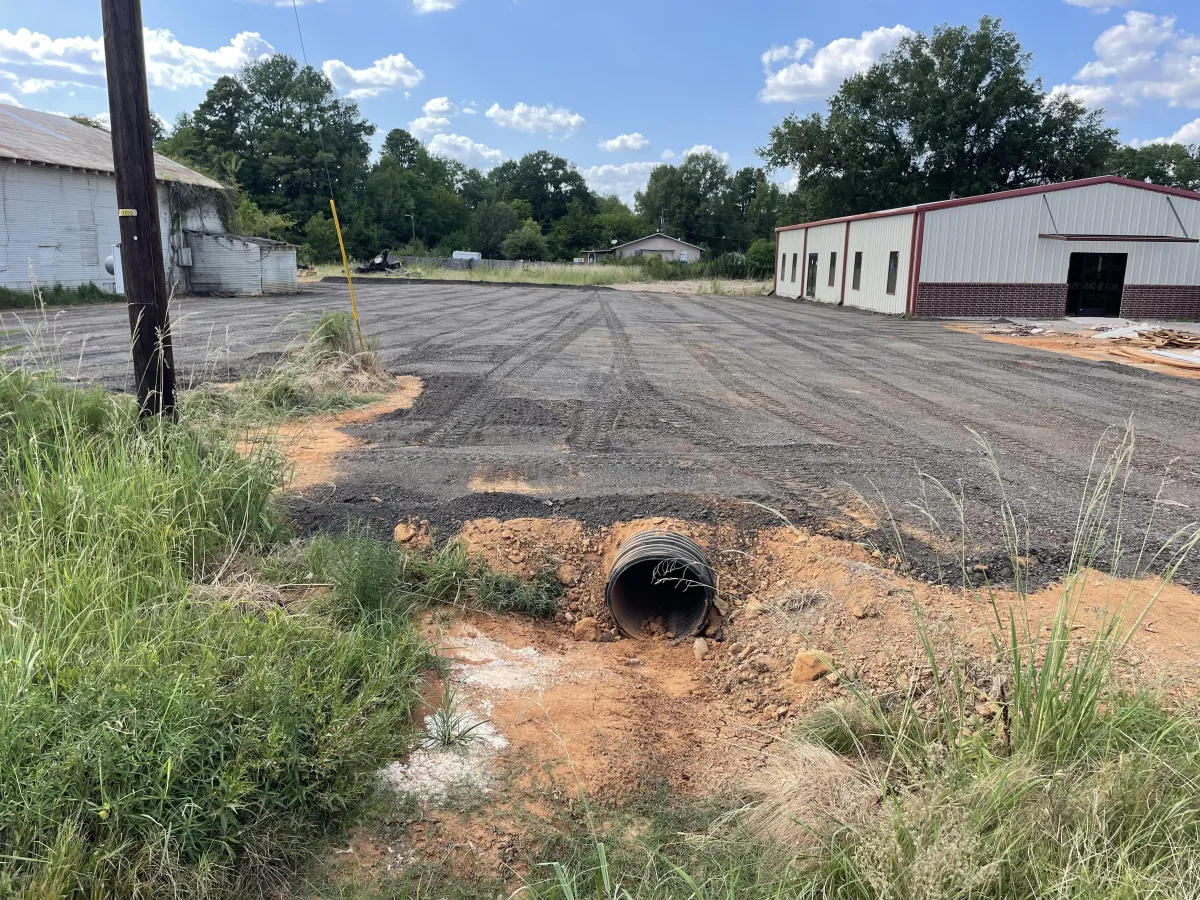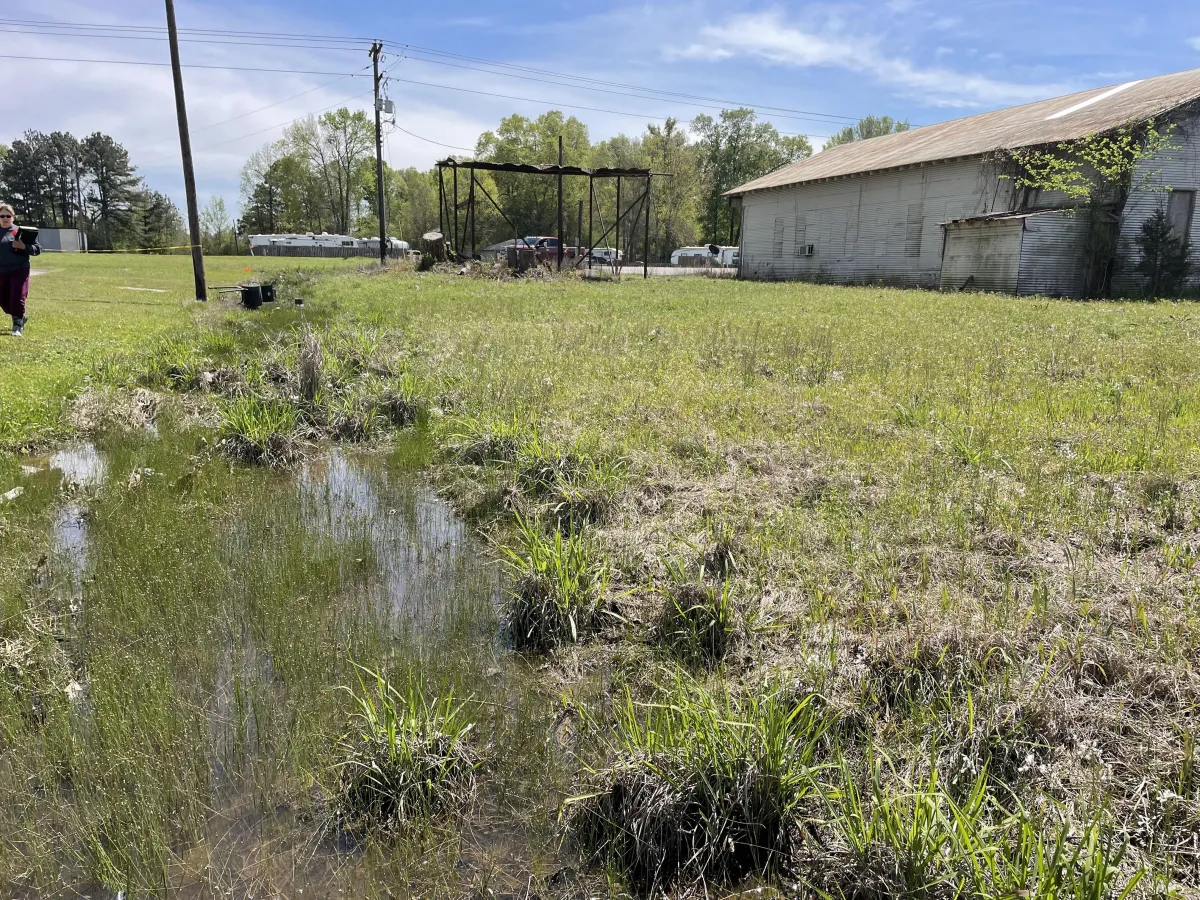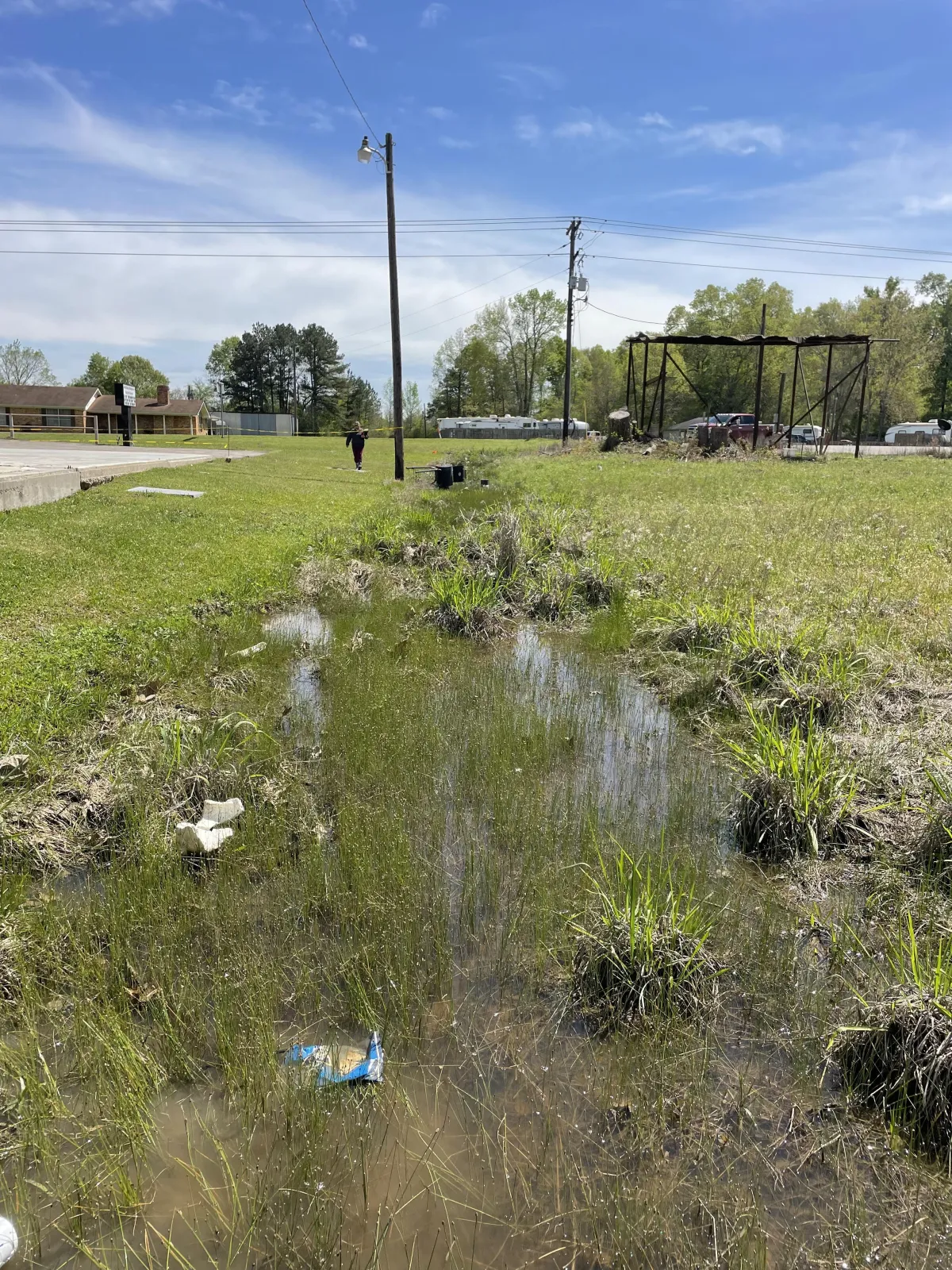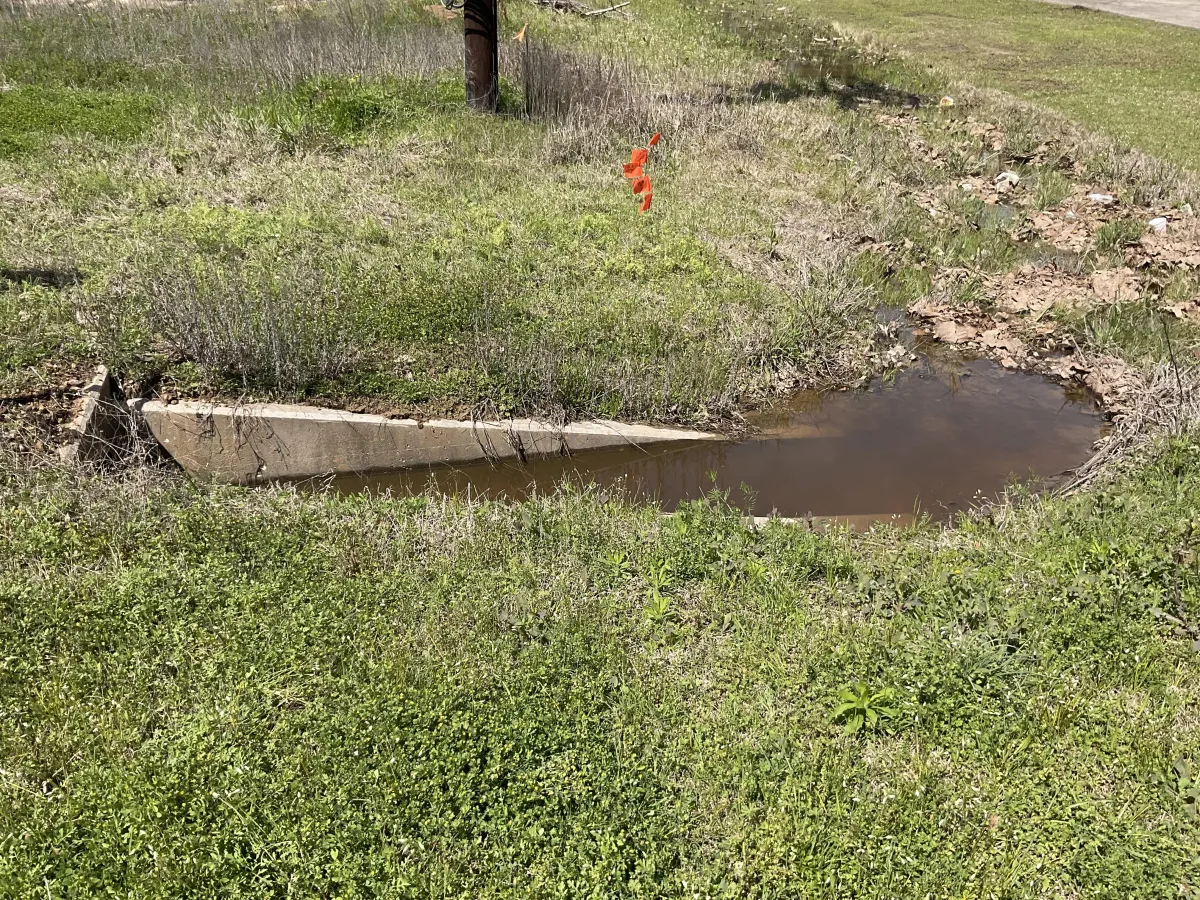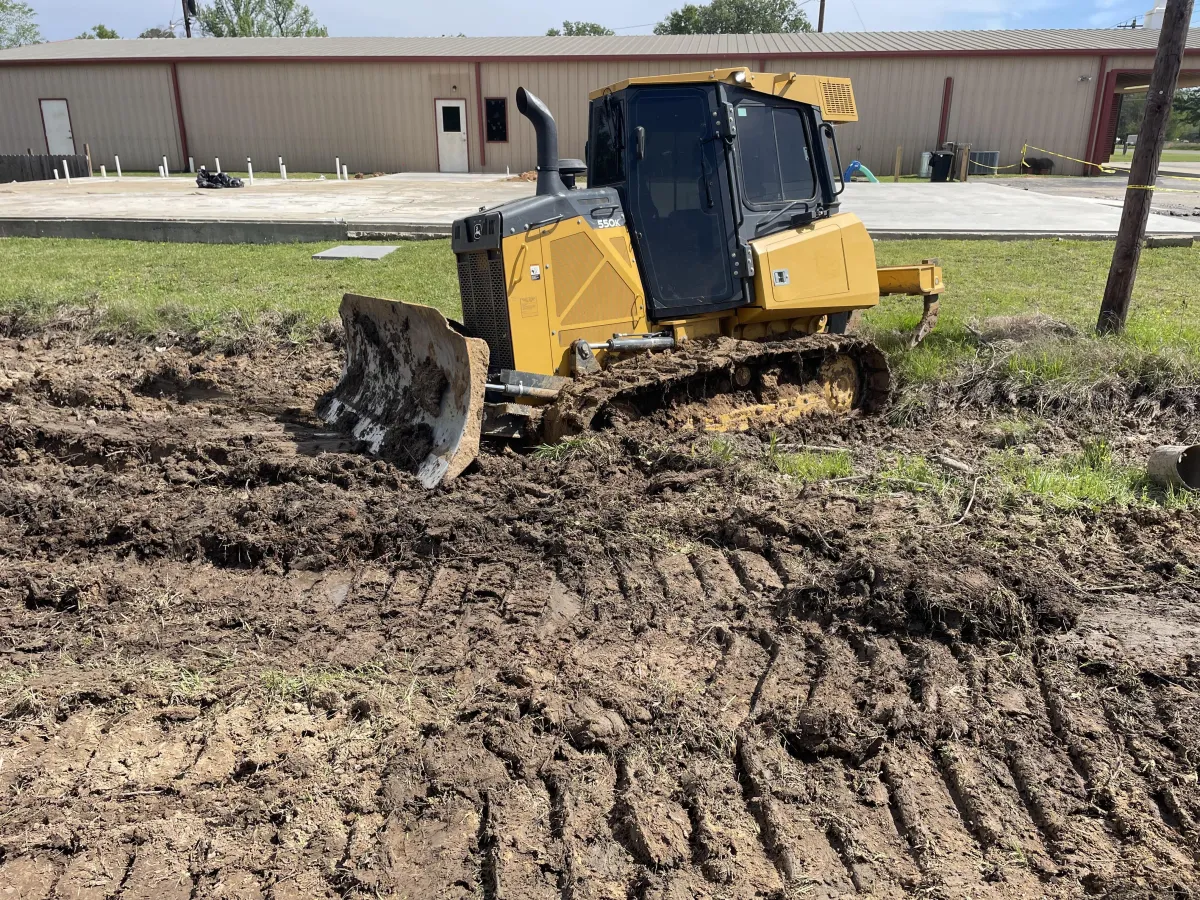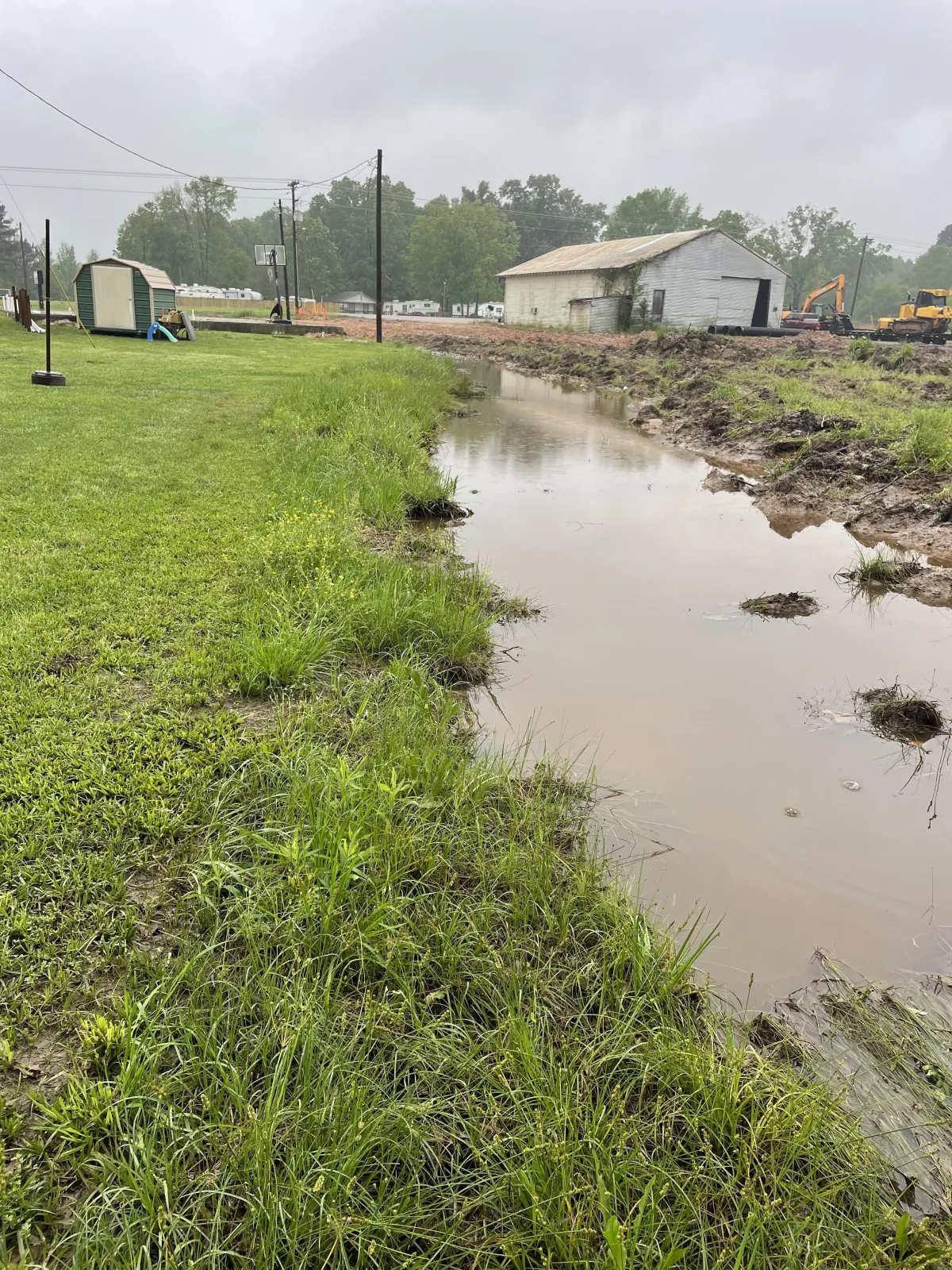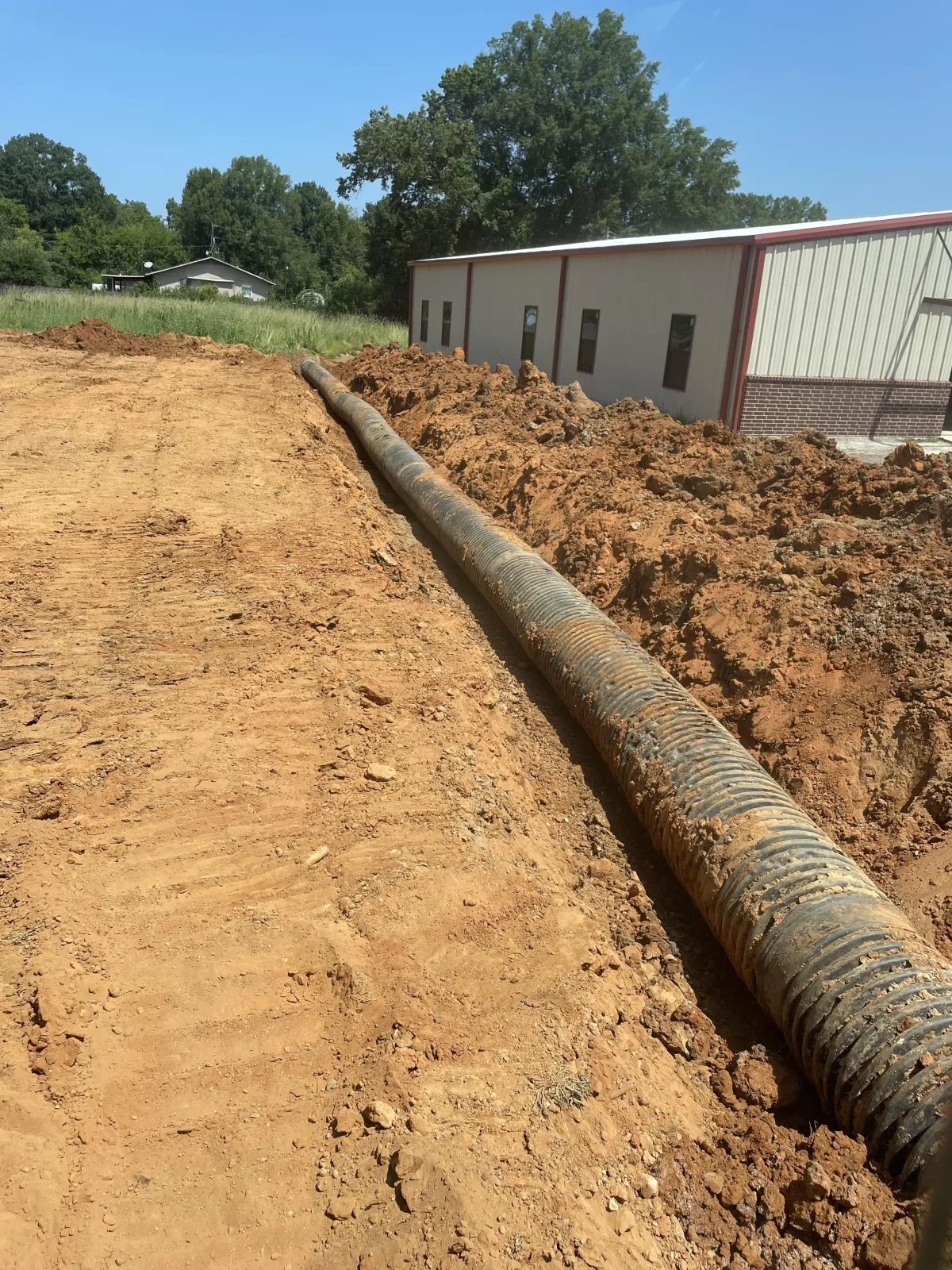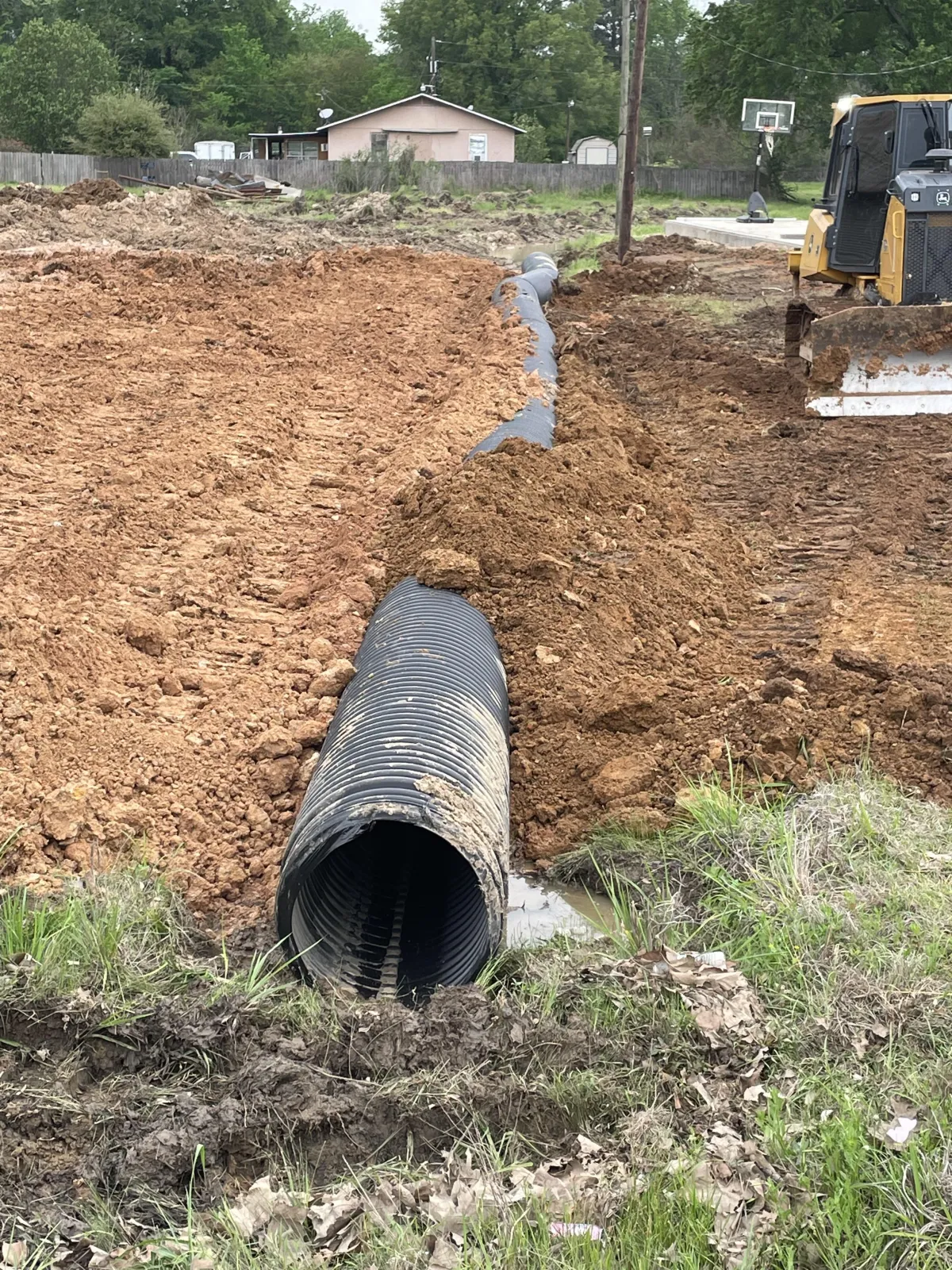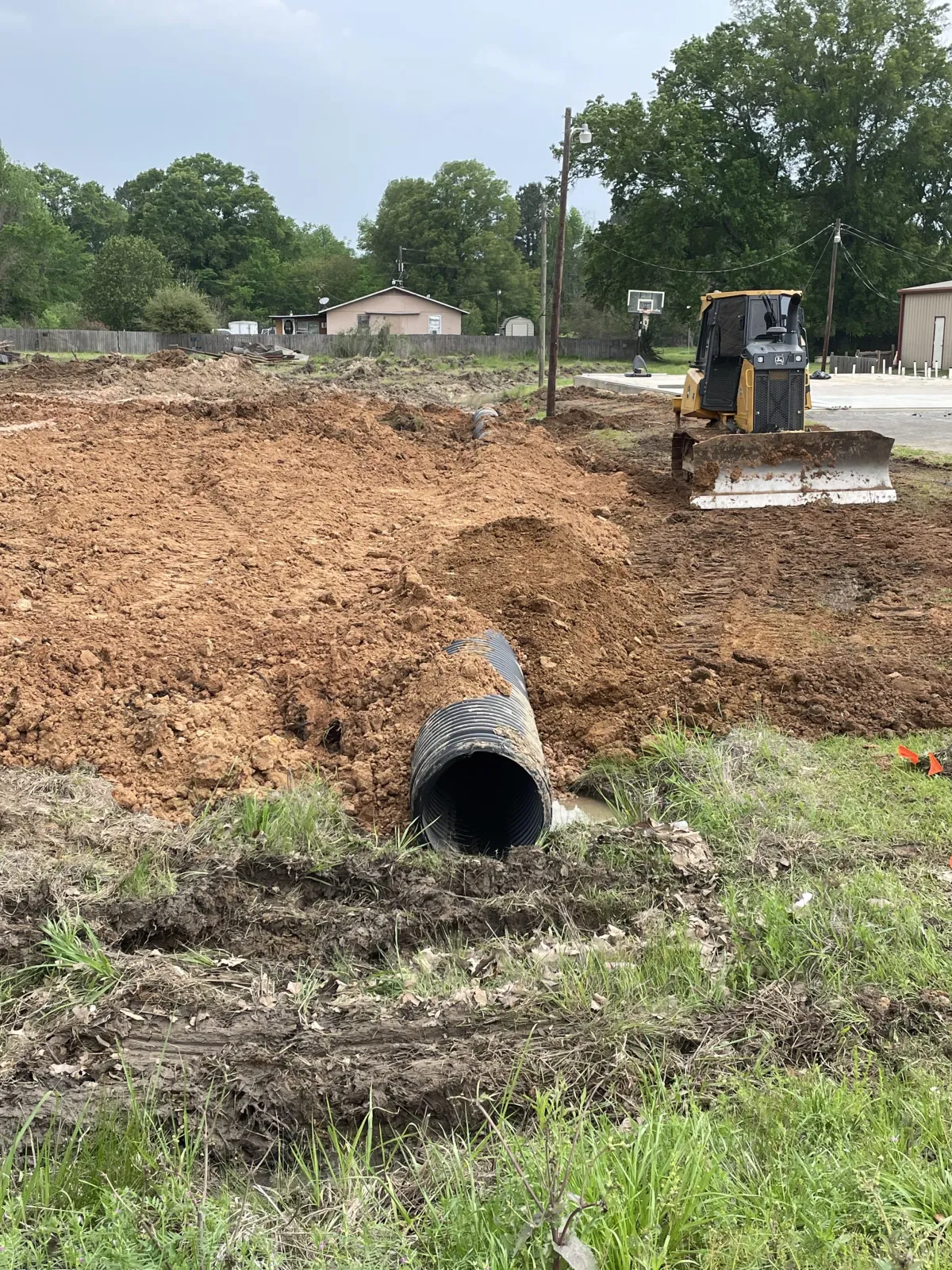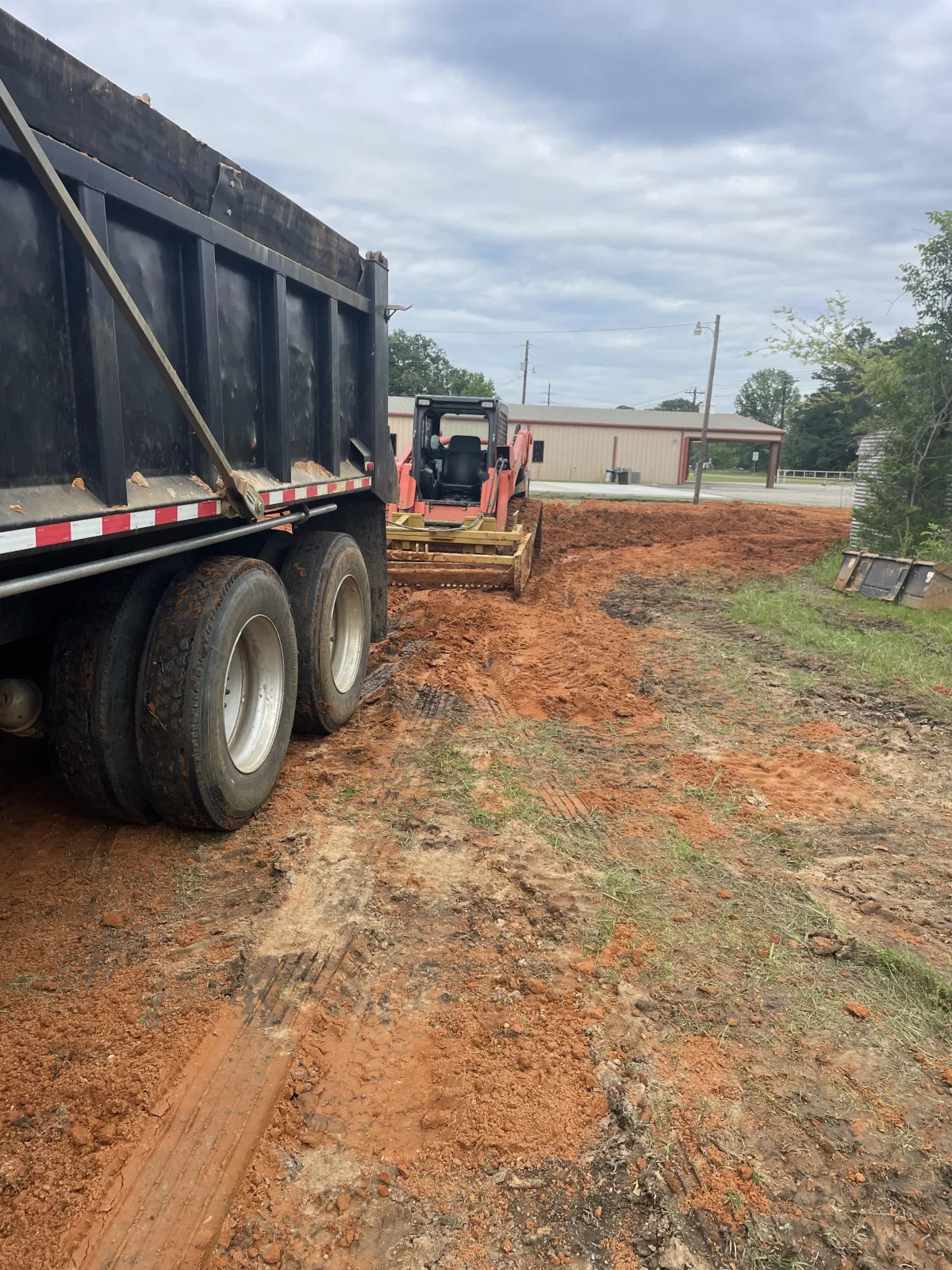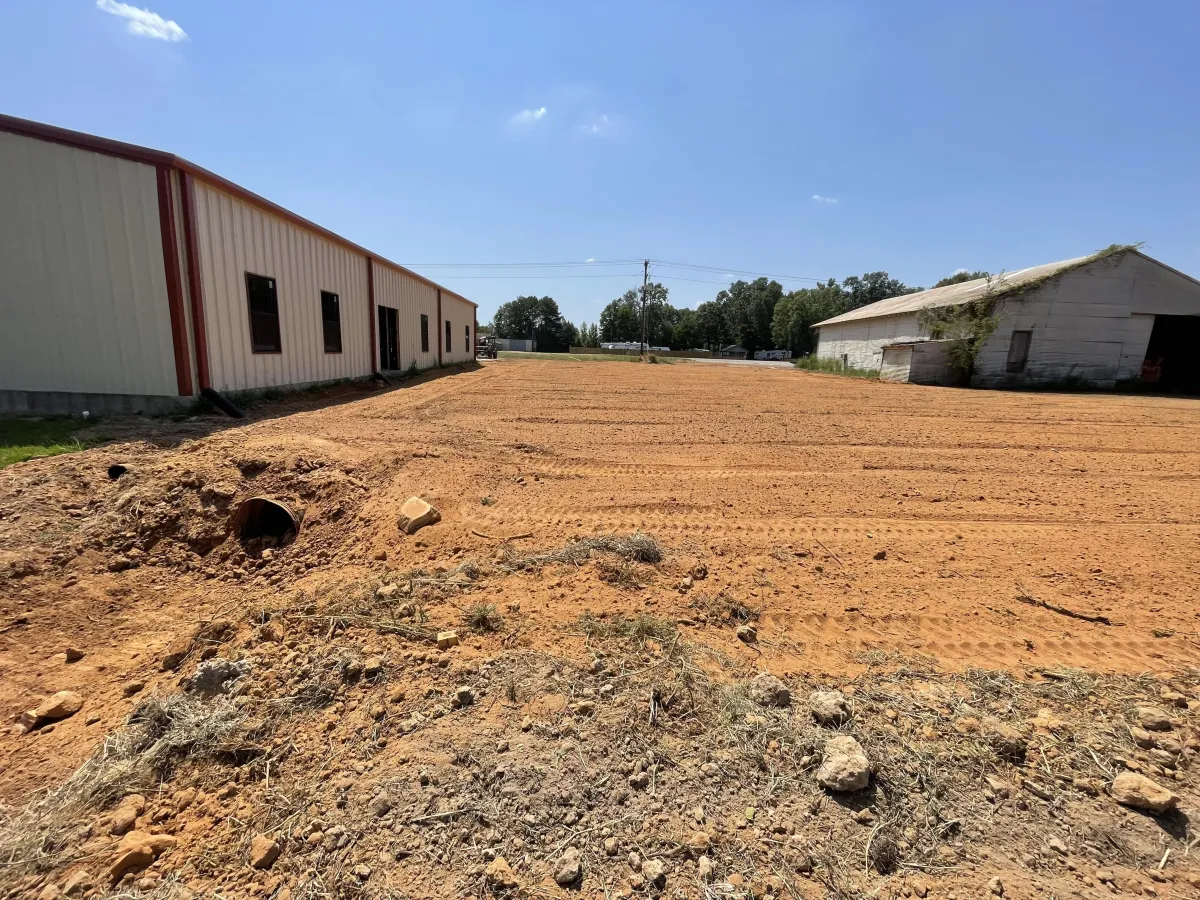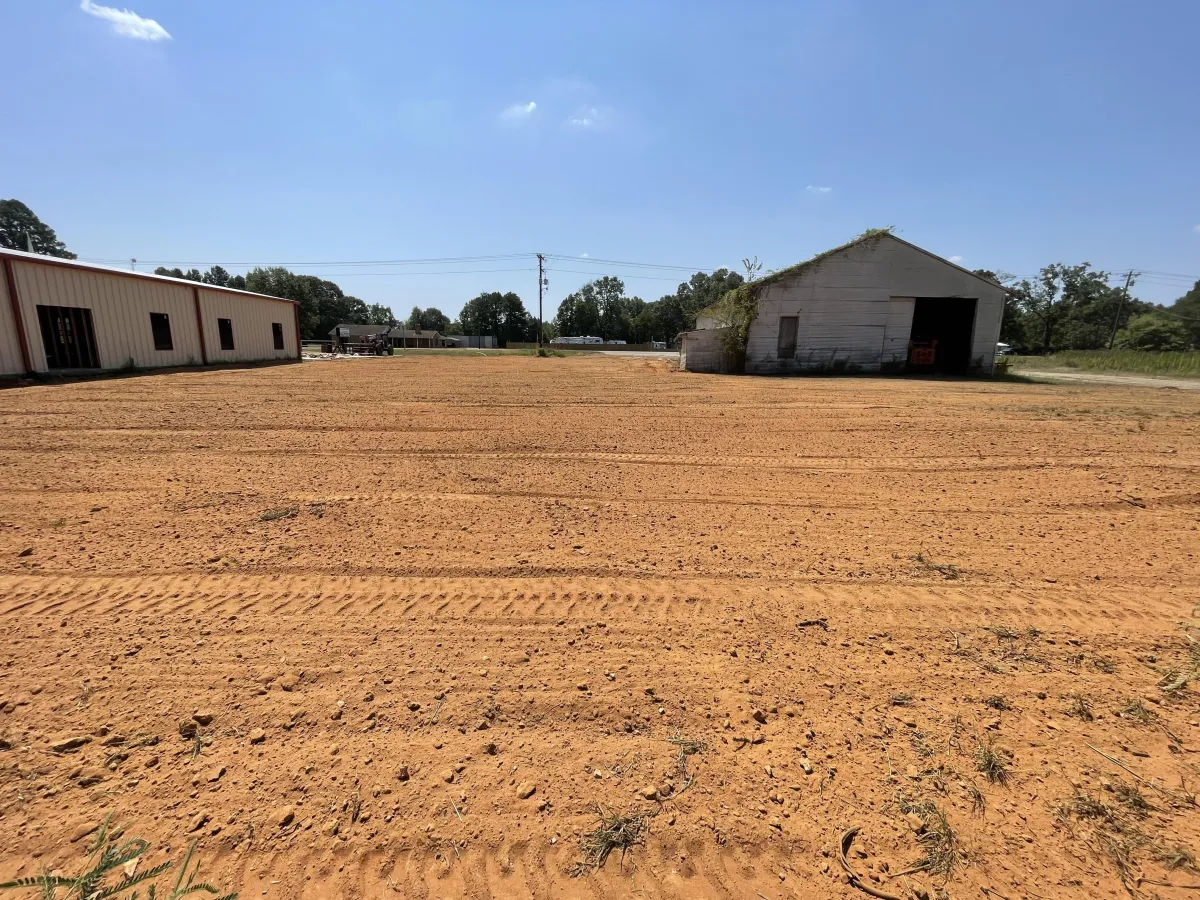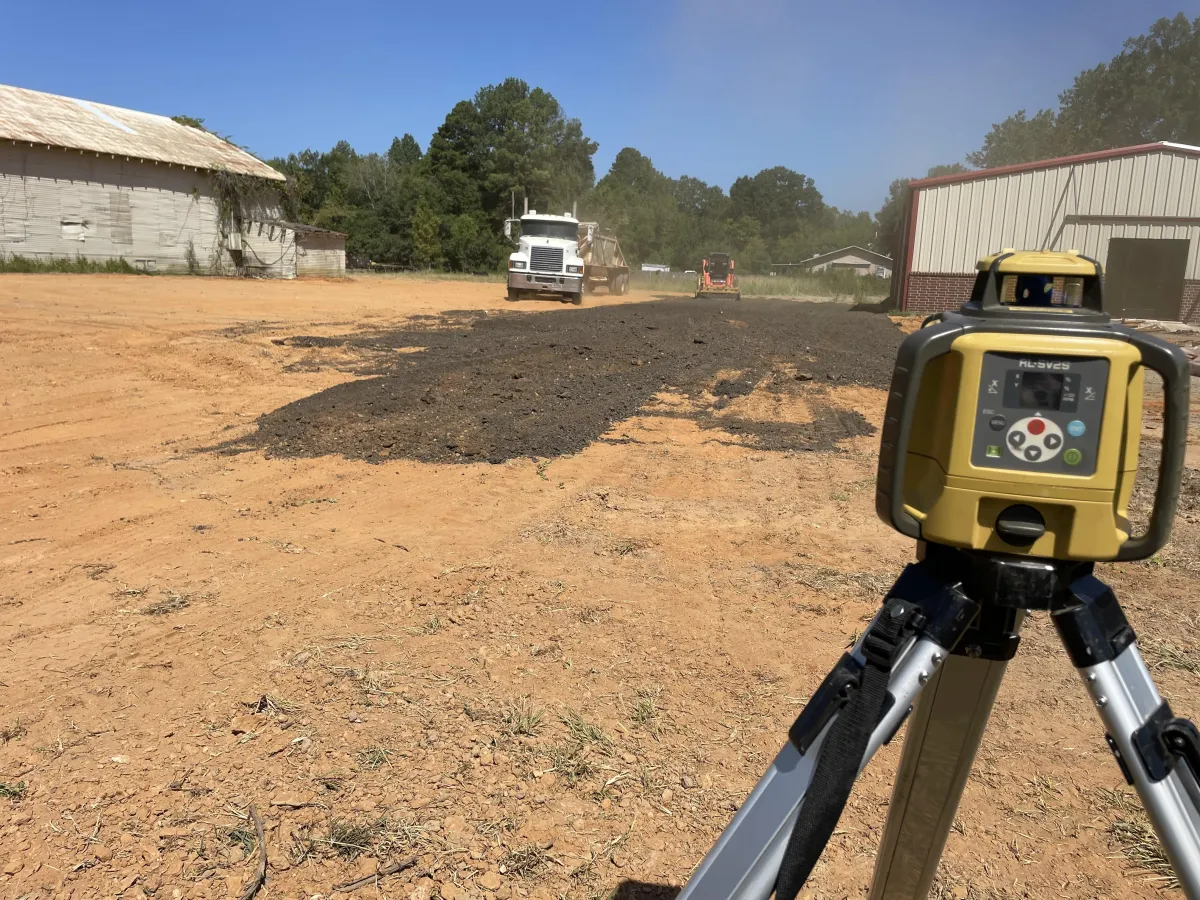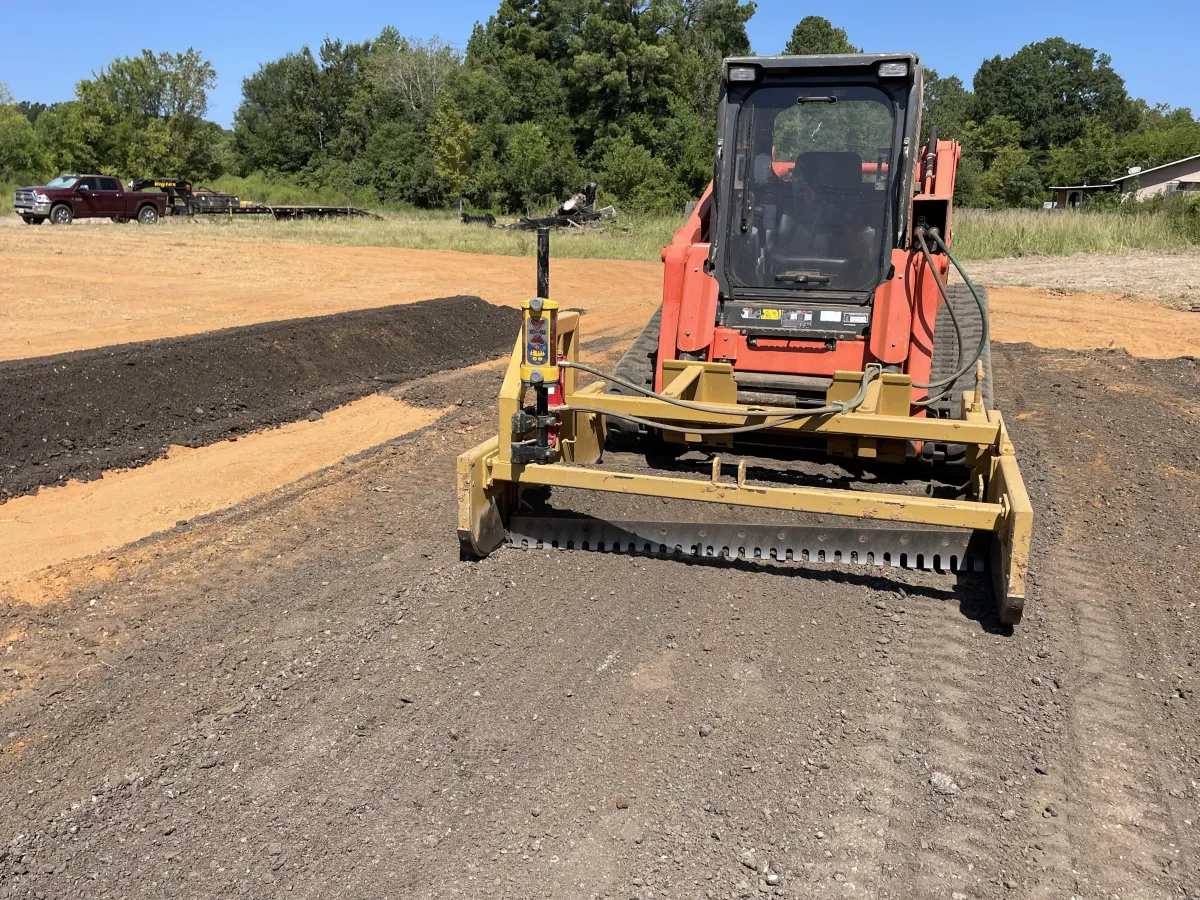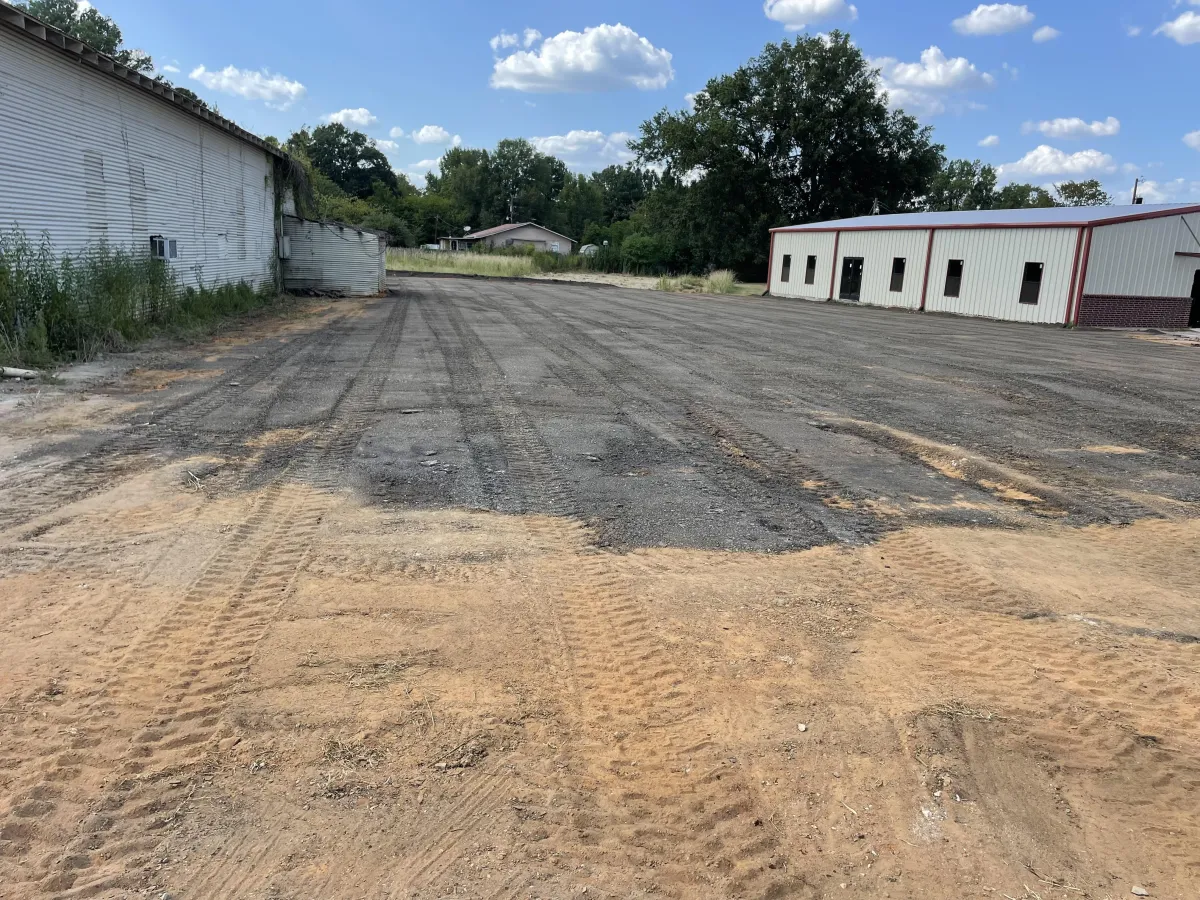See the Difference We Make: NFRC Completed Projects
Our Project Gallery: See NFRC's quality client projects in land clearing, site preparation, road construction, and specialized projects.
Pennington-Demolition
We recently tackled a project that involved taking down an old homesite – a really neat two-story house built with brick and stone, plus some outbuildings. It's a task that always requires careful work.
Once we had everything safely down, we got to work mulching the debris to clear the area. Then, we created a new building pad, making sure it was level and ready for whatever comes next. We also managed to salvage a good amount of vintage stone and brick in the process, which was a nice bonus.
Thorton-Project
We kicked off this project where the initial request was to mulch about five acres of land. Mulching is often a good first step for clearing certain types of vegetation, leaving a nice ground cover behind.
As the project got underway, the customer decided they actually wanted to clear even more land – another five acres, to be exact. We sat down with them and looked at the most efficient way to handle that additional area. For that size and type of vegetation, we figured it would be more cost-effective to bring in the bulldozer with a rake attachment. That dozer can really move some material and get the job done efficiently on larger tracts.
So, we ended up clearing that extra five acres with the dozer. It's all about finding the right tool for the right job, and in this case, it saved the customer some money while still getting them the results they were looking for. In the end, we cleared a total of ten acres for them, using a combination of mulching and dozer work to get it done right.
Freeman-Cleanup
After the timber was harvested, we got to work preparing the land for building. We started by piling and safely burning the tree tops and debris.
Next, we raked and cleared all the remaining roots and stumps. Finally, we smoothed out the site, ensuring a level surface that's fully ready for construction to begin.
Joaquin Church-Project
We were able to work on this project that needed a new parking area, but we definitely had some wet area challenges to overcome. Being so close to the Sabine River, the water table was pretty high, which meant we had to be smart about our approach.
The first thing we did was install a brand new drainage culvert. That was key to managing the water and directing it away from where the parking area was going to be. Getting the drainage right is always the first step in situations like this.
Once the drainage was in place, we got to work on building the parking area itself. This involved careful grading and bringing in the right kind of base materials that can handle those wet conditions. We made sure to build it in a way that will hold up well, even with the high water table being a constant factor. It's all about understanding the local conditions and finding the right solutions to deliver a parking area that will last.
TESTIMONIALS
What others are saying
Business Information:
8-5 Monday-Friday

Social:
Copyright 2025 North Forty Ranch Construction - Powered By Jared K Design

